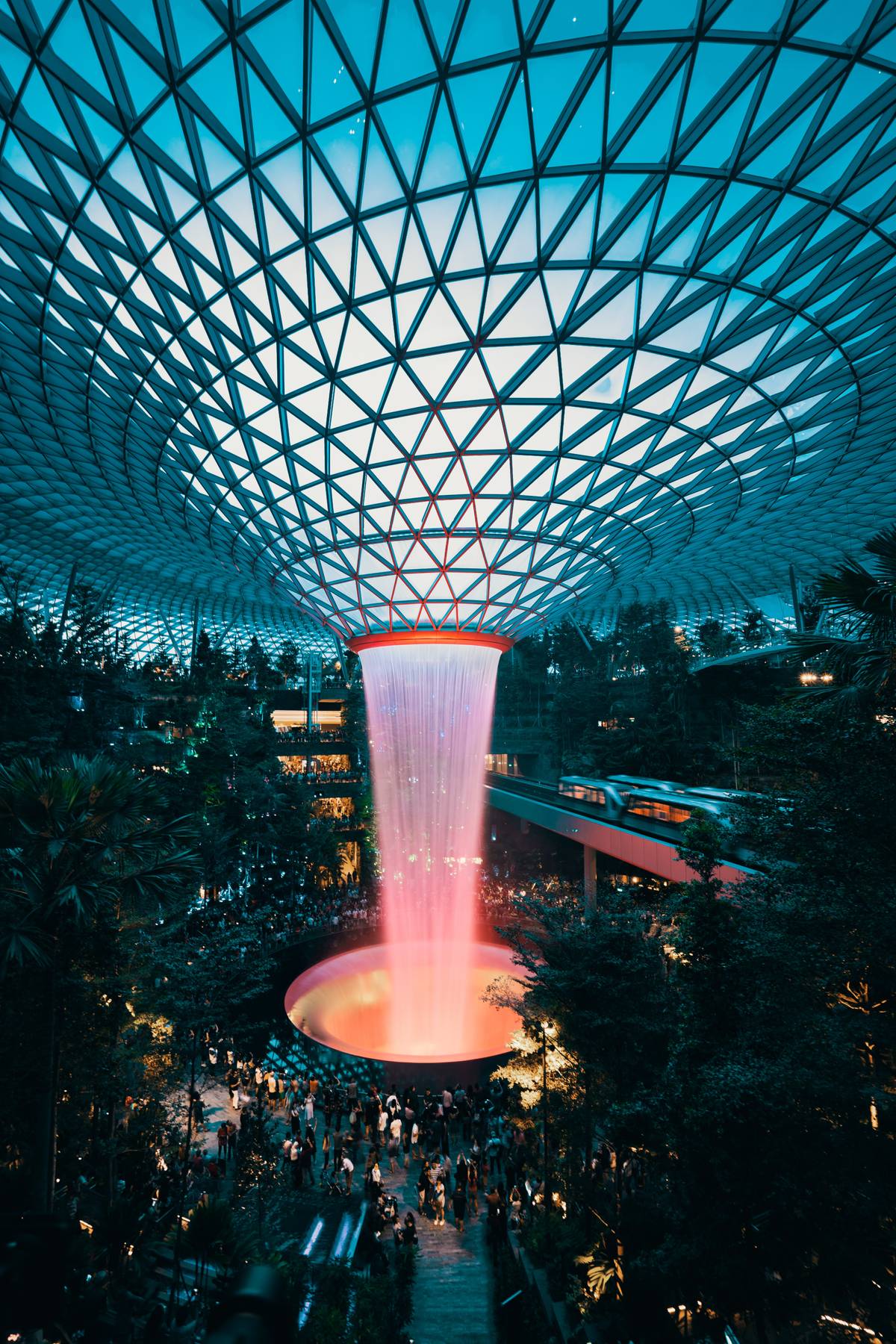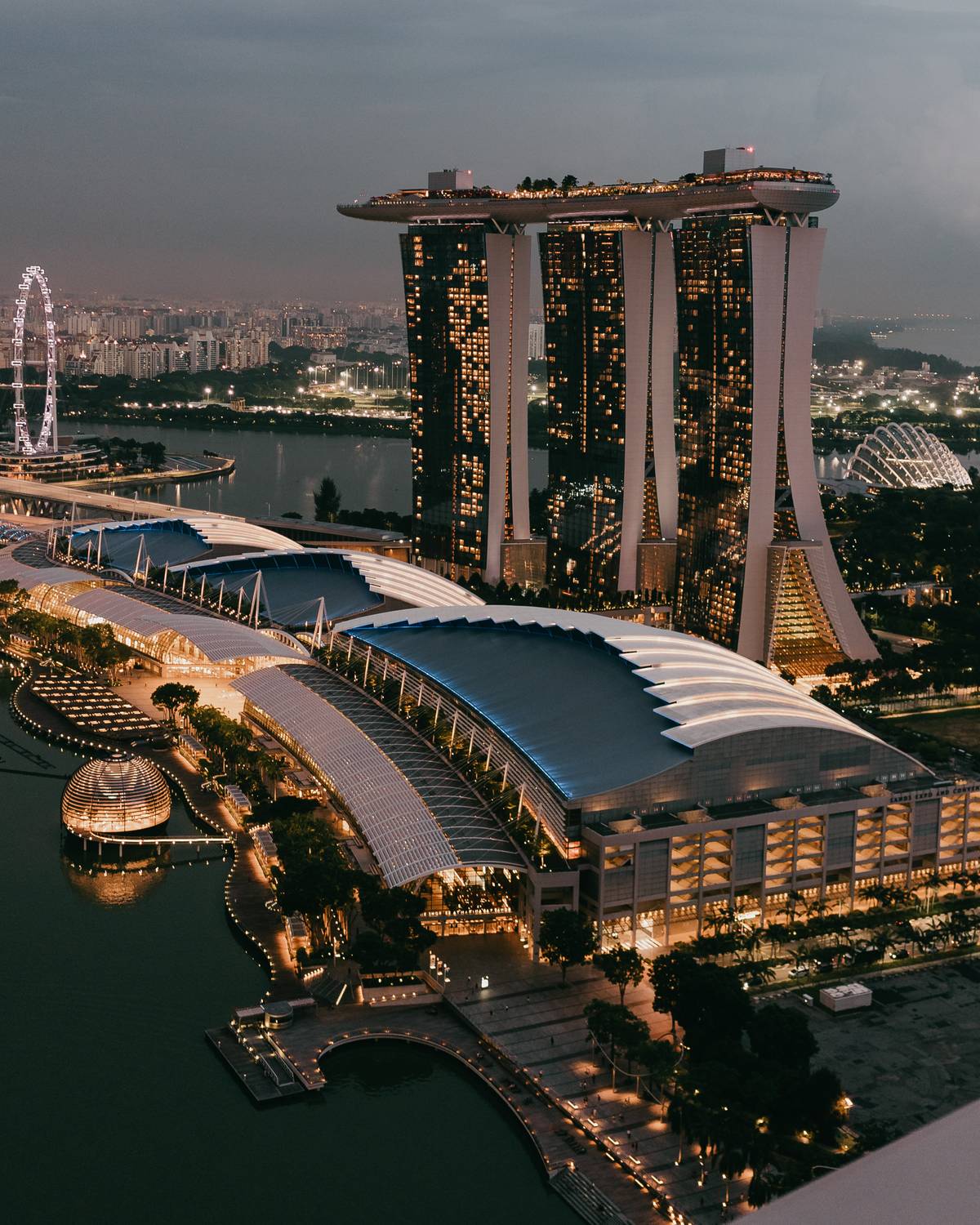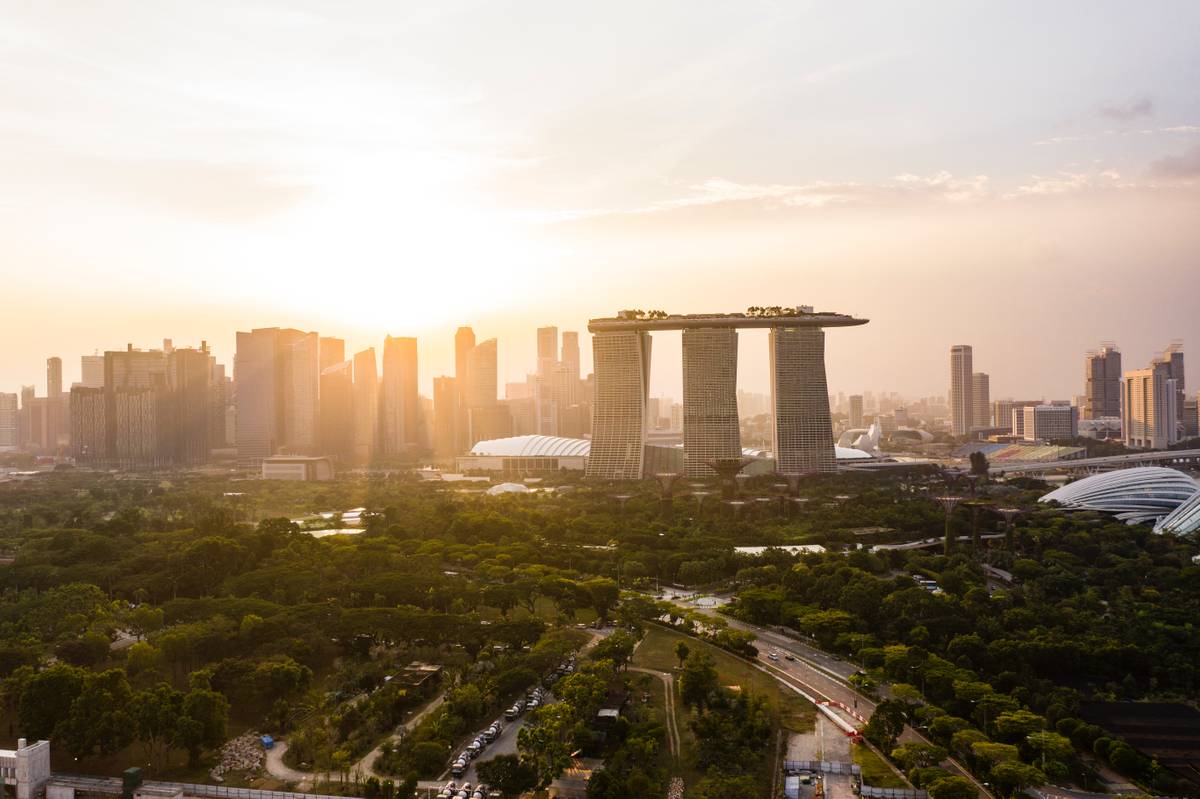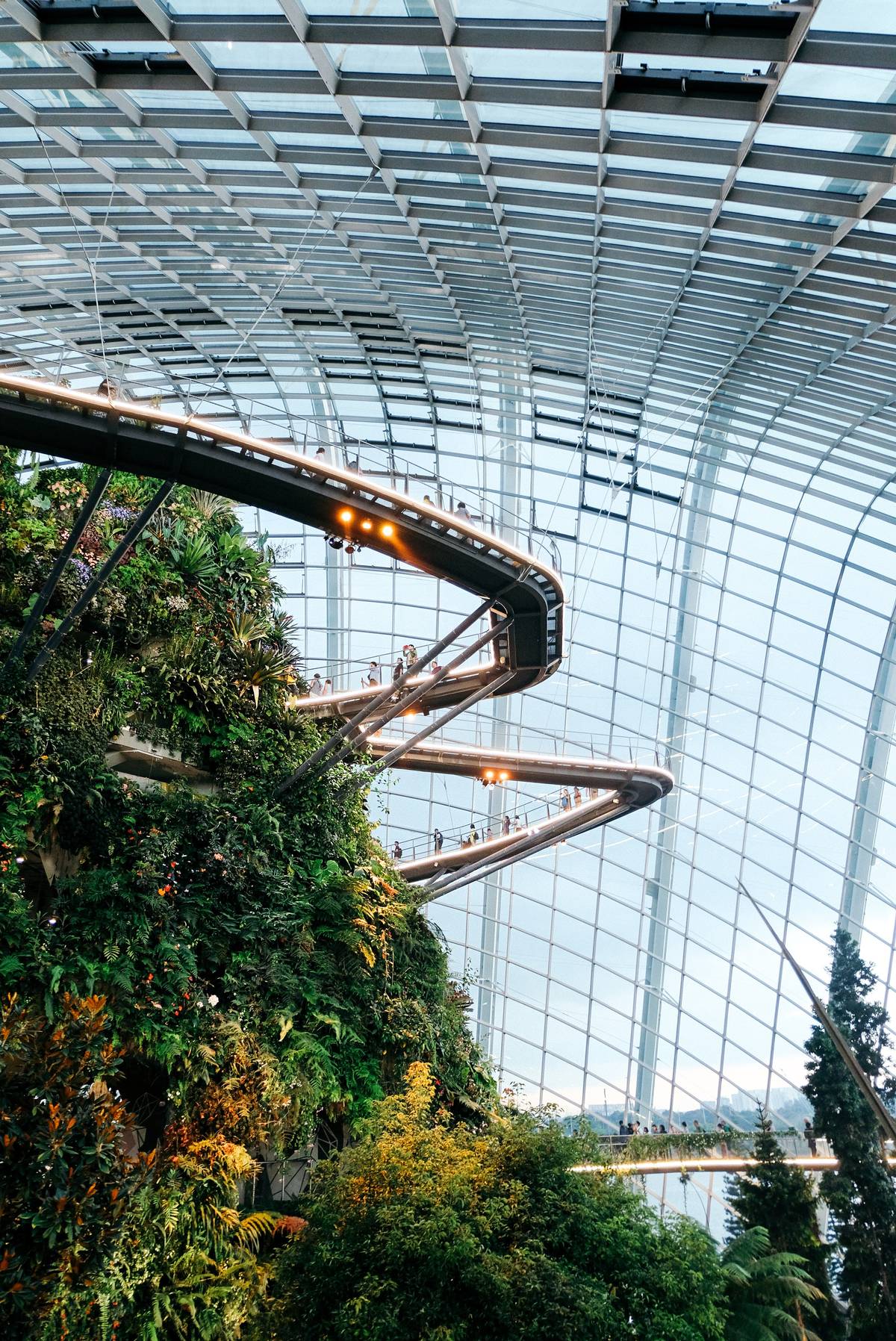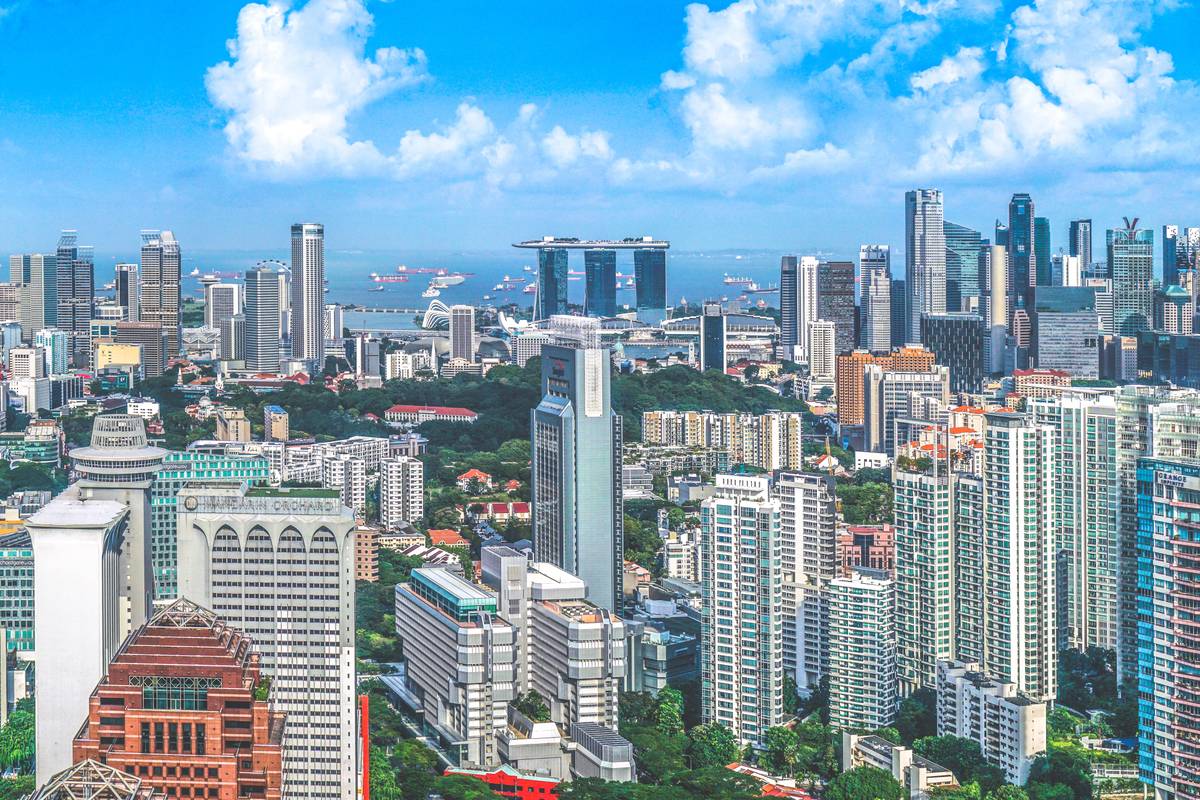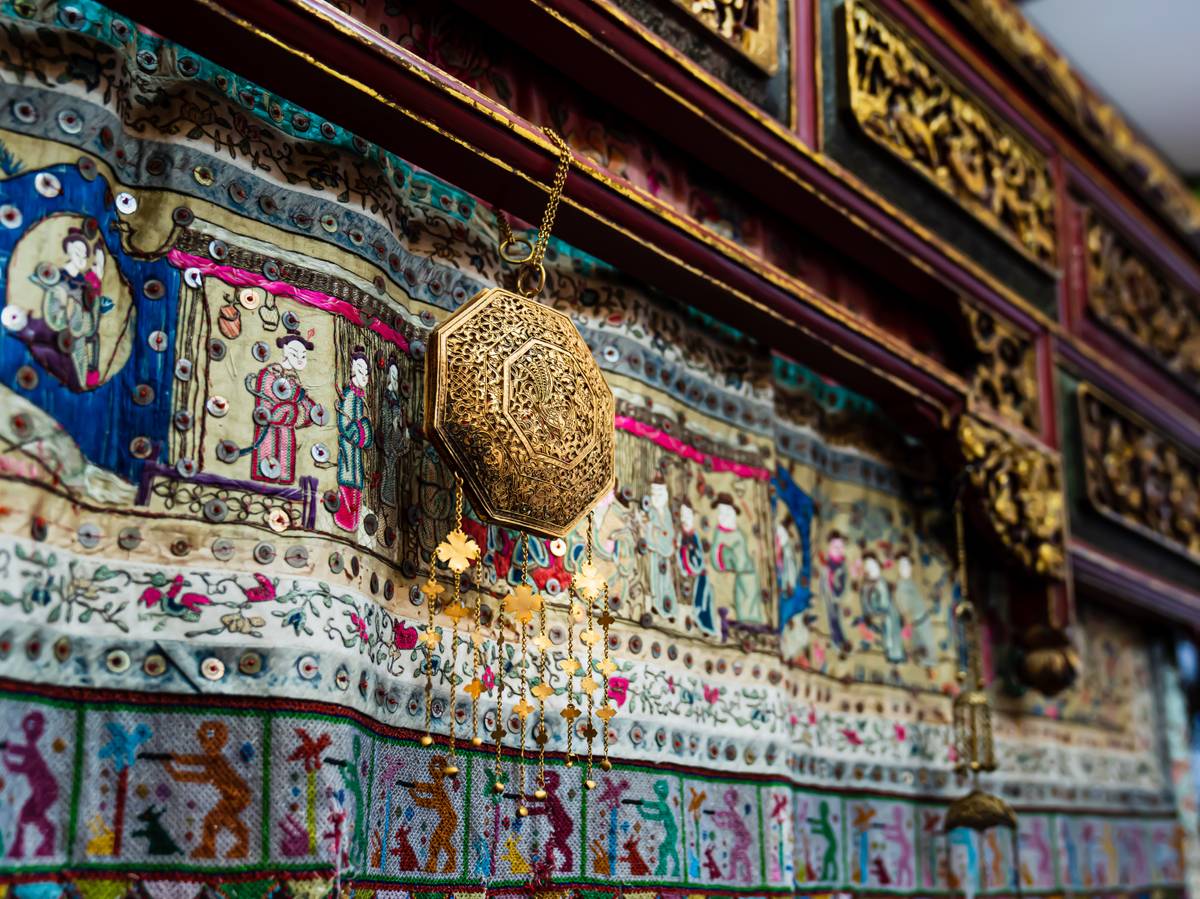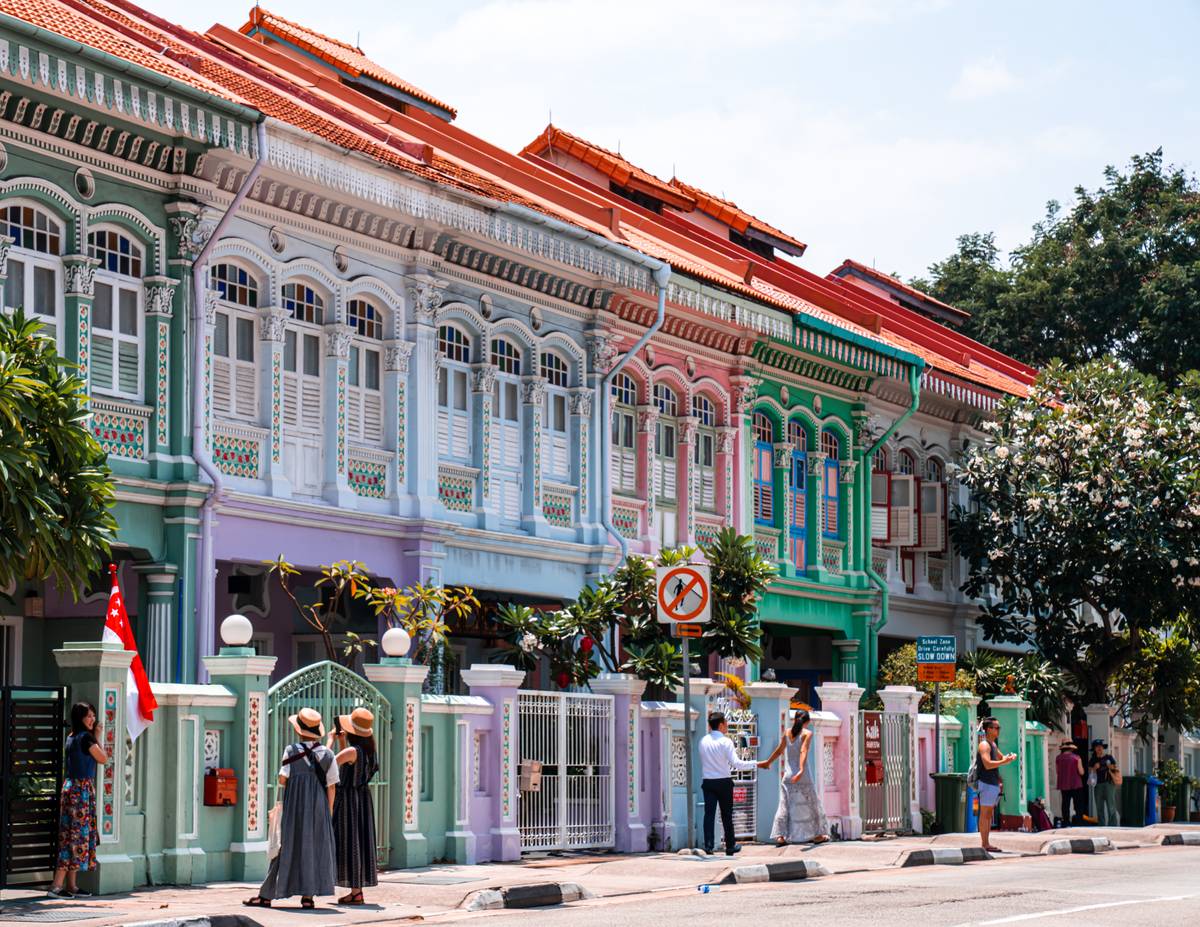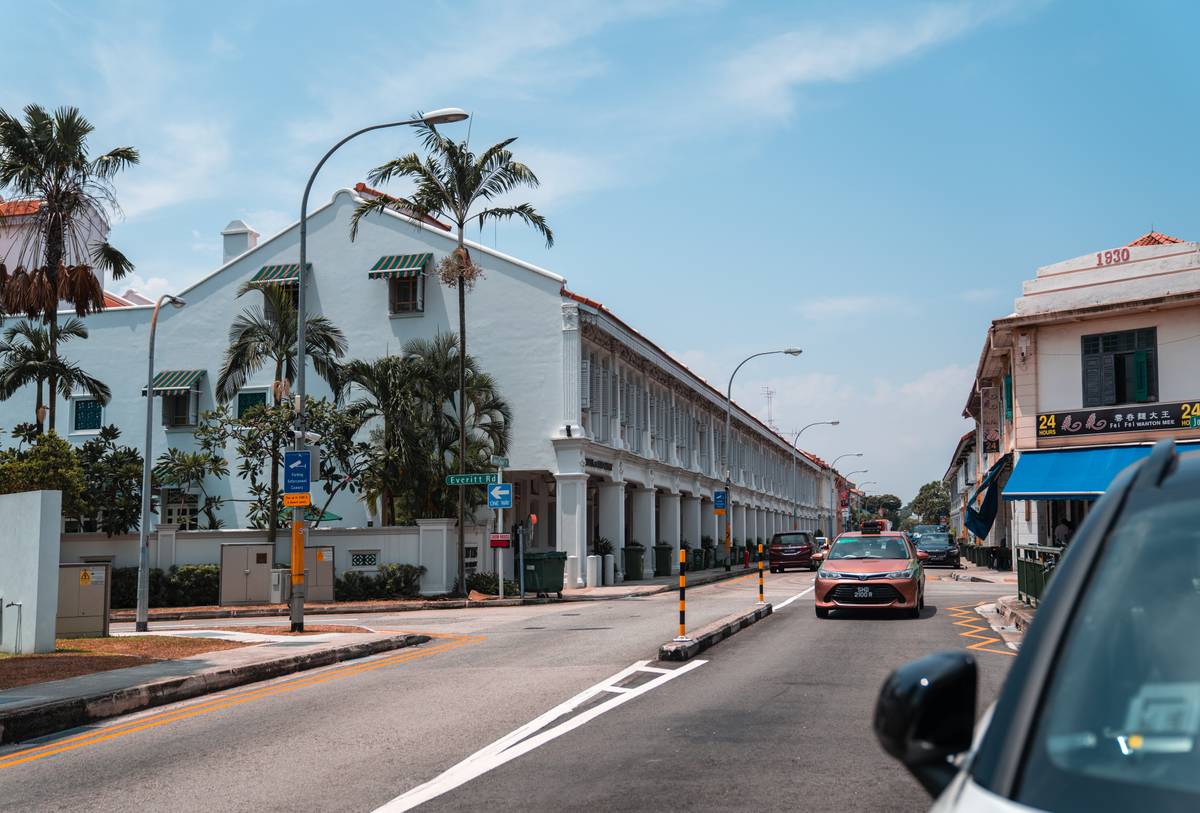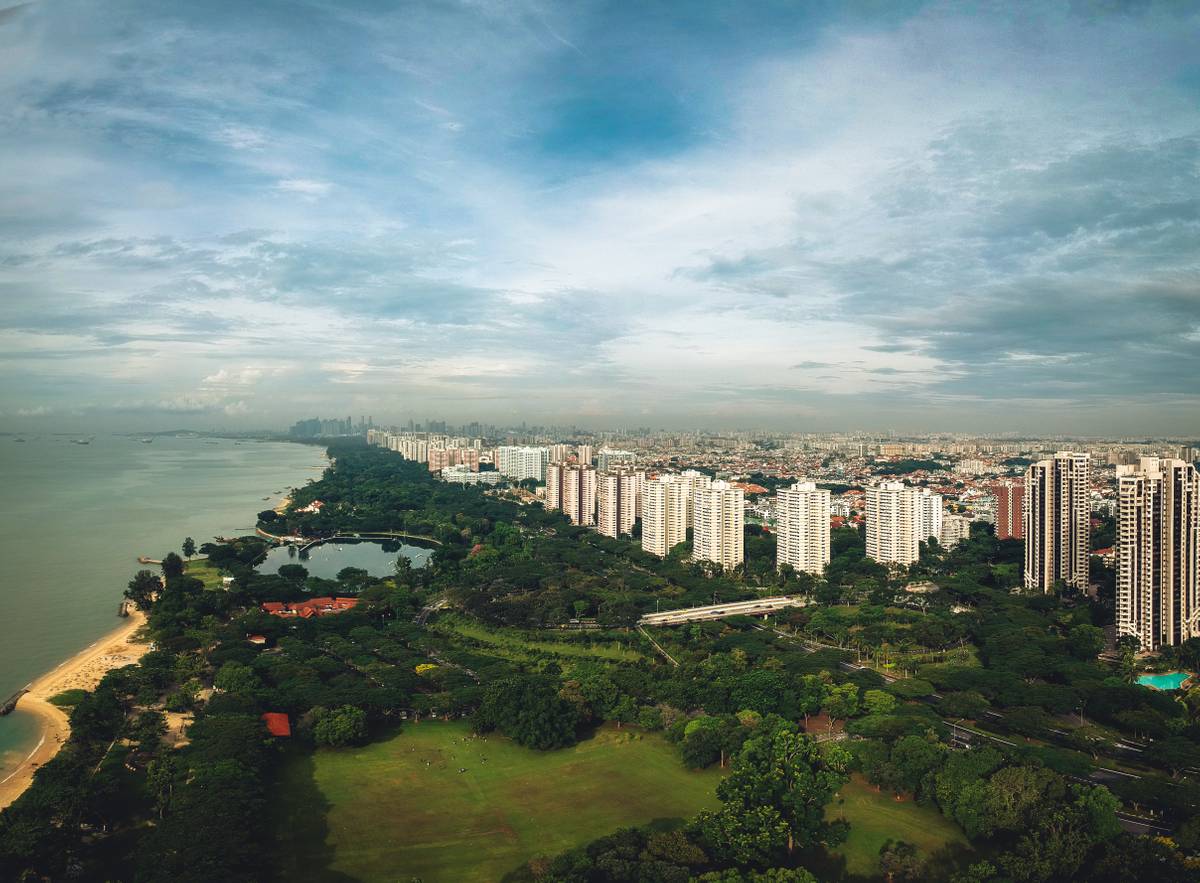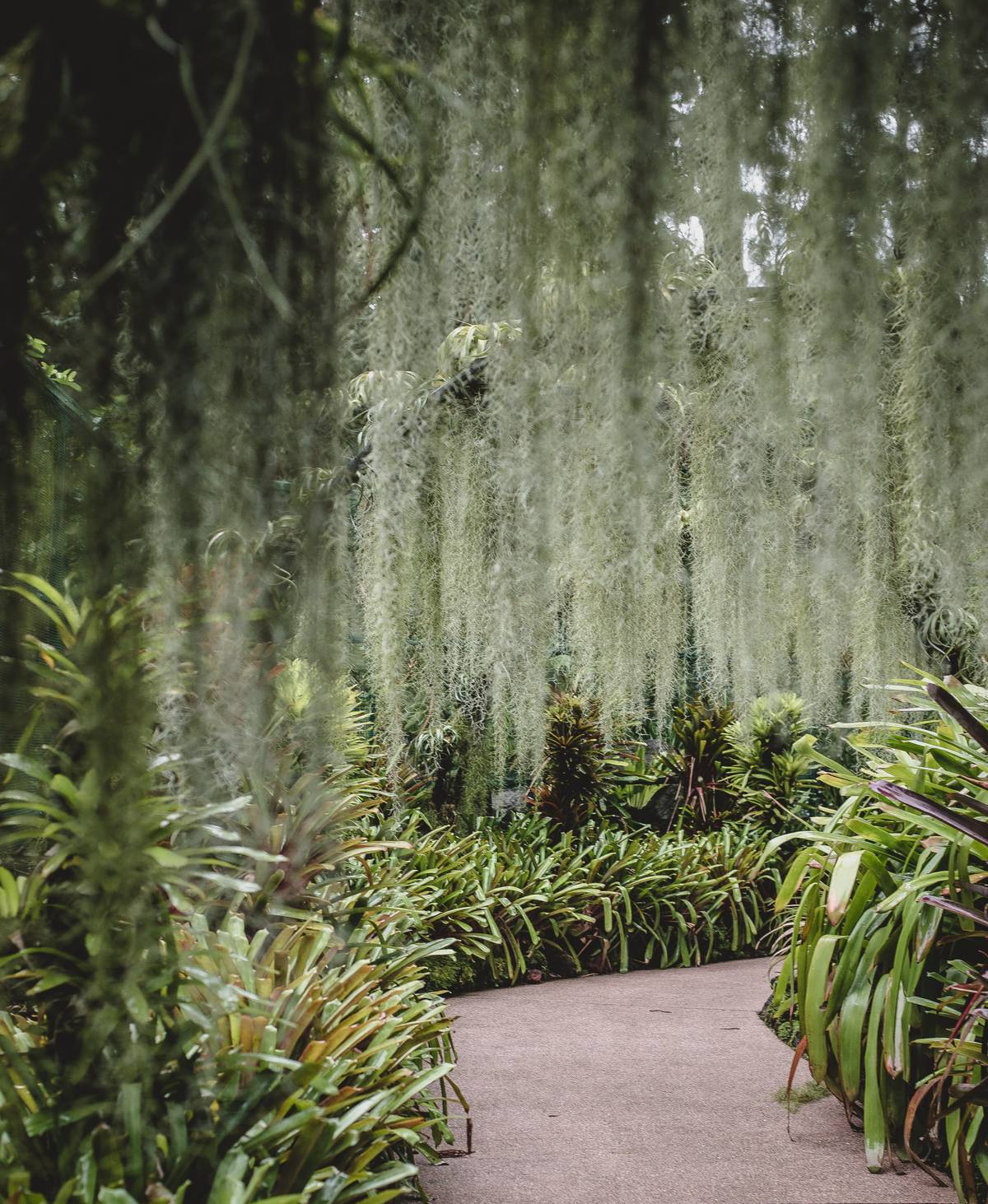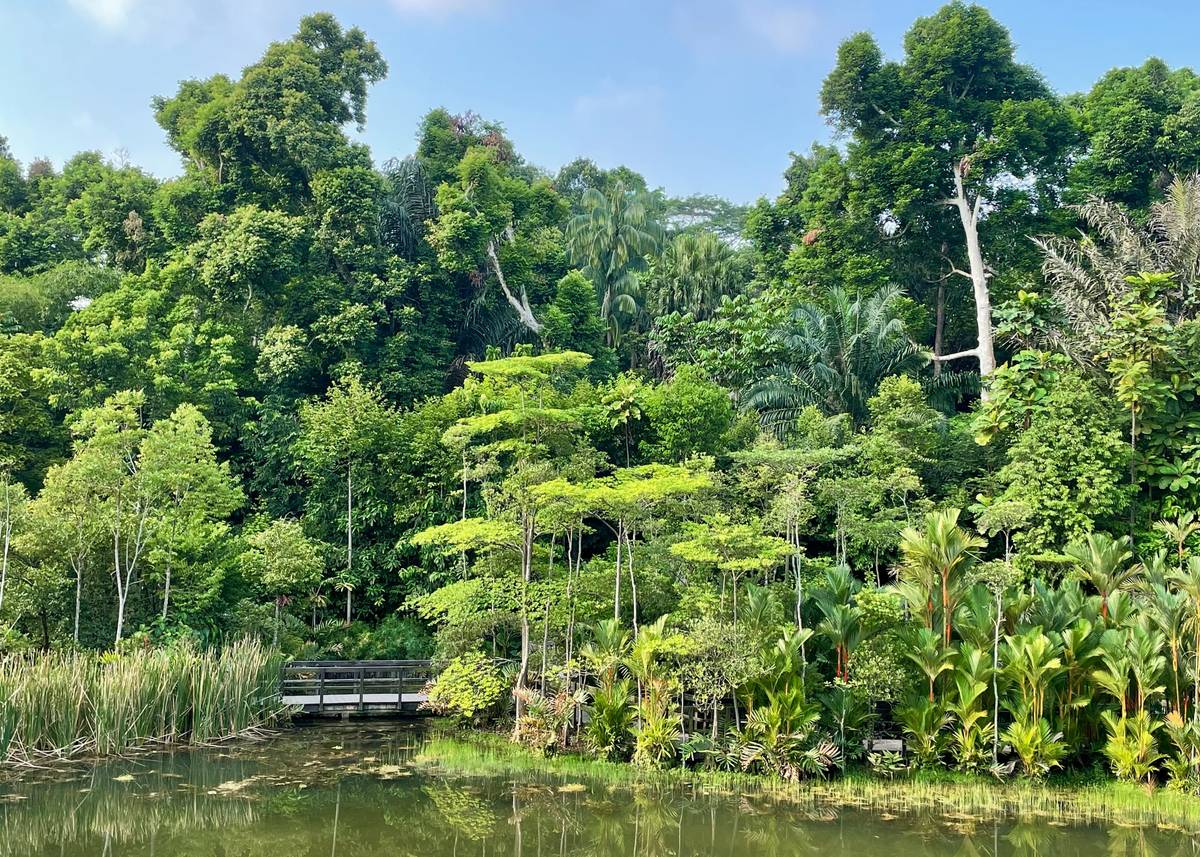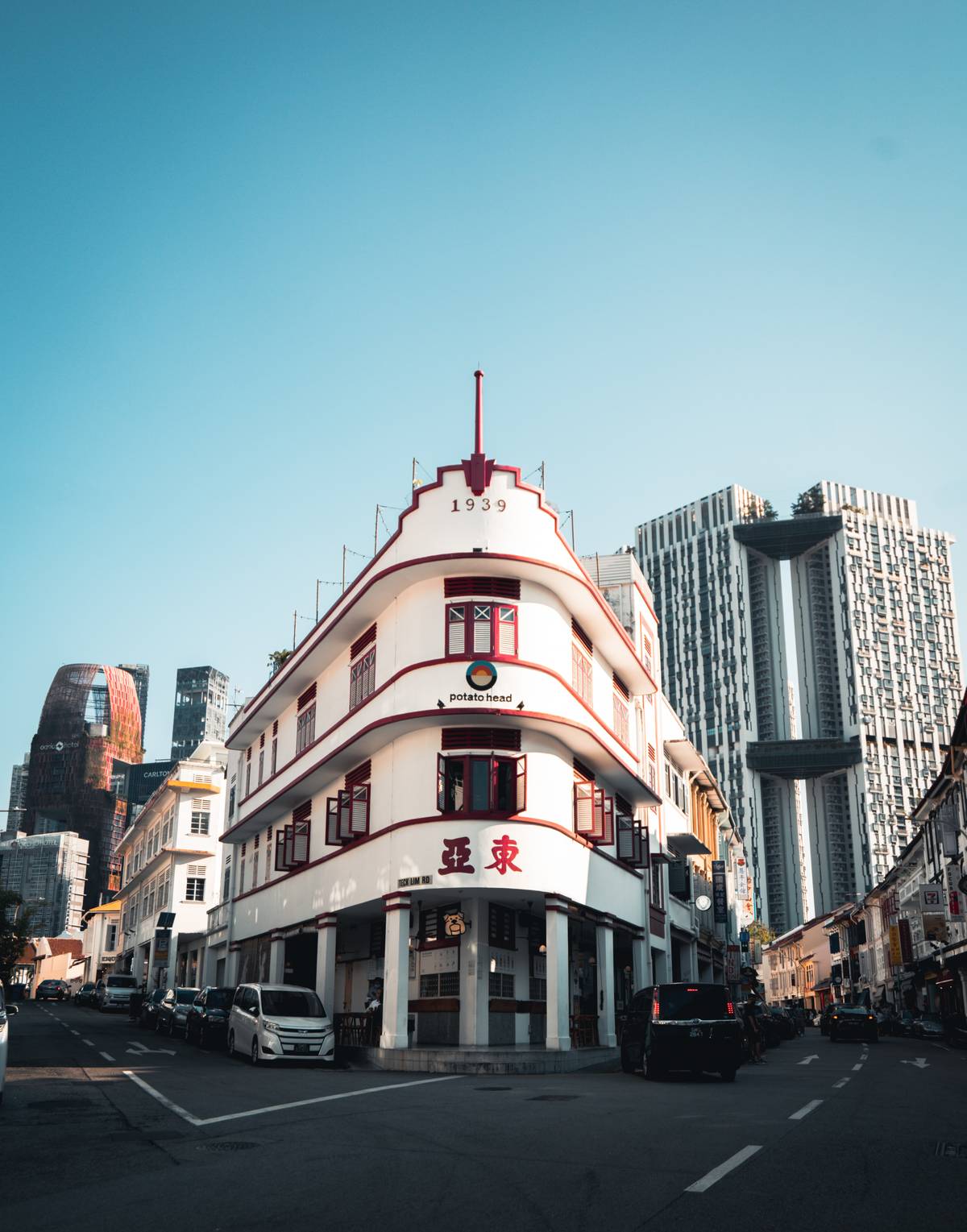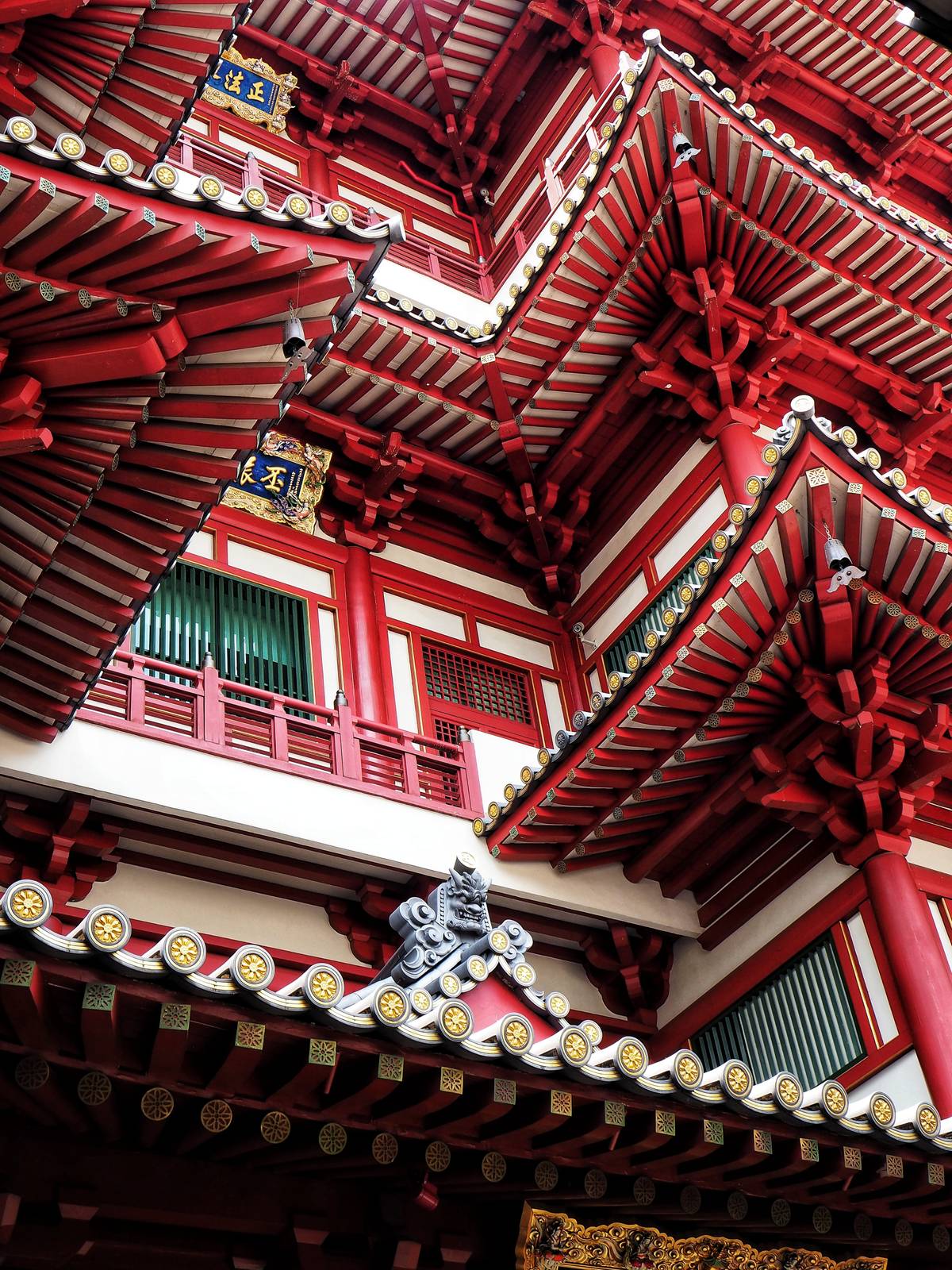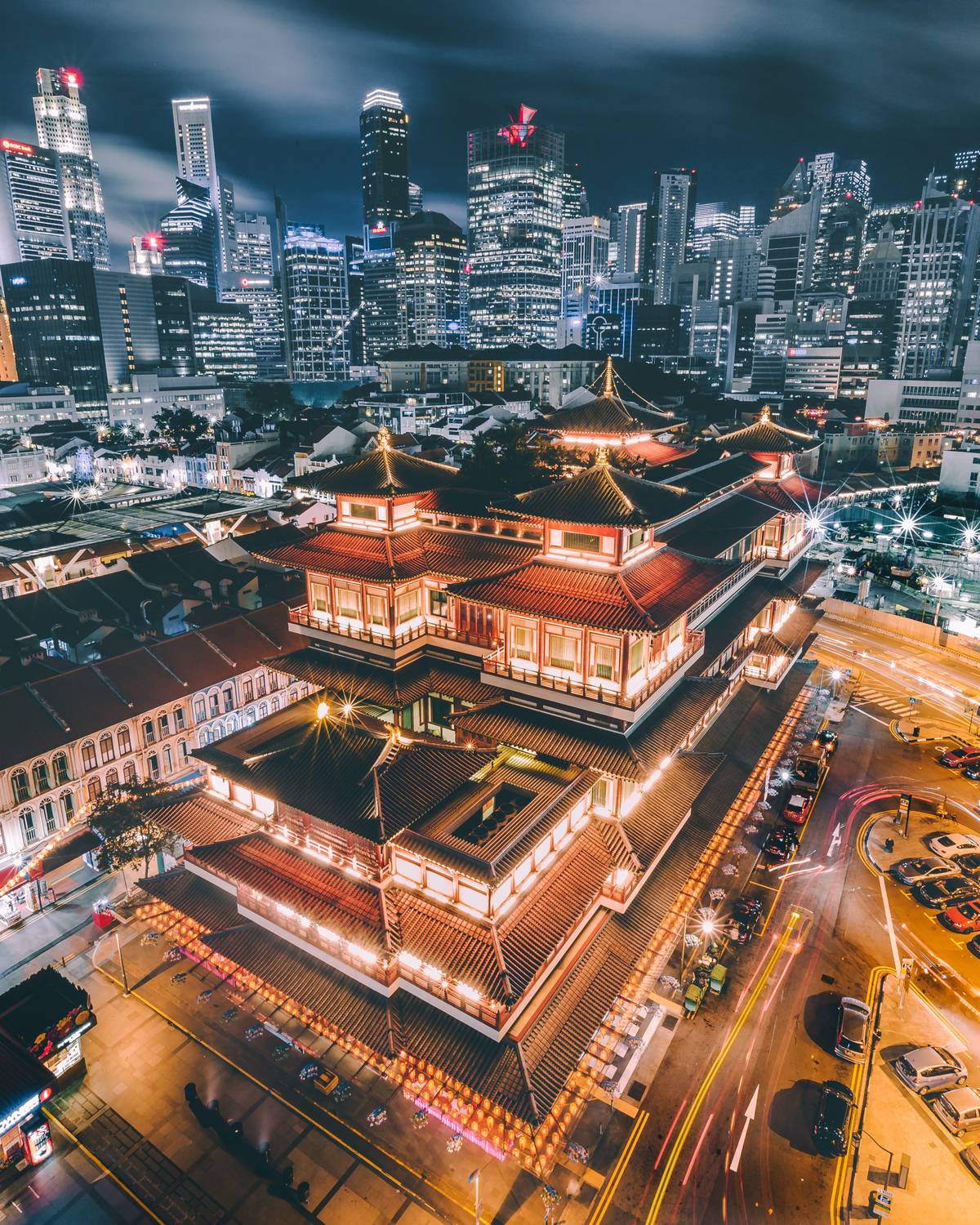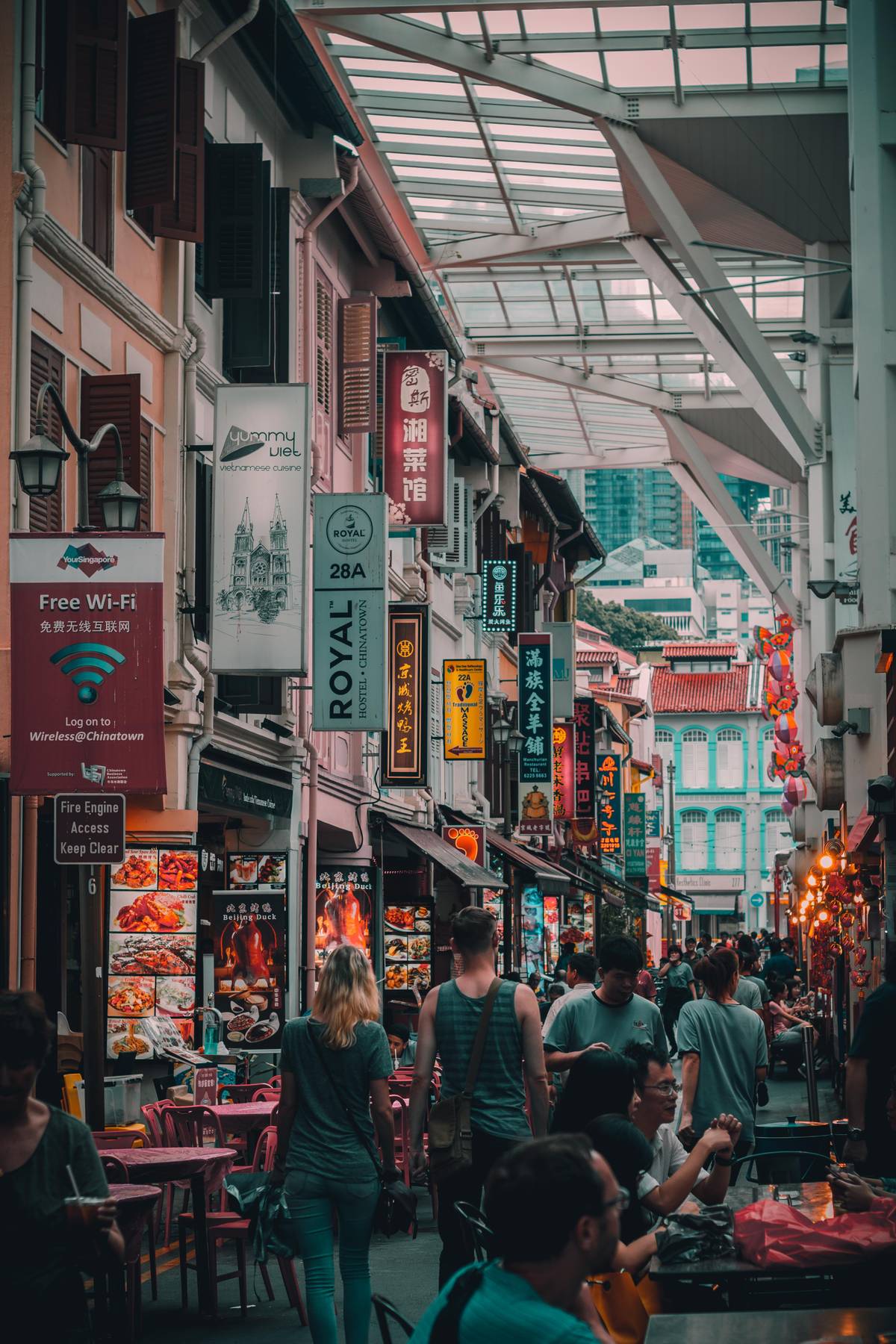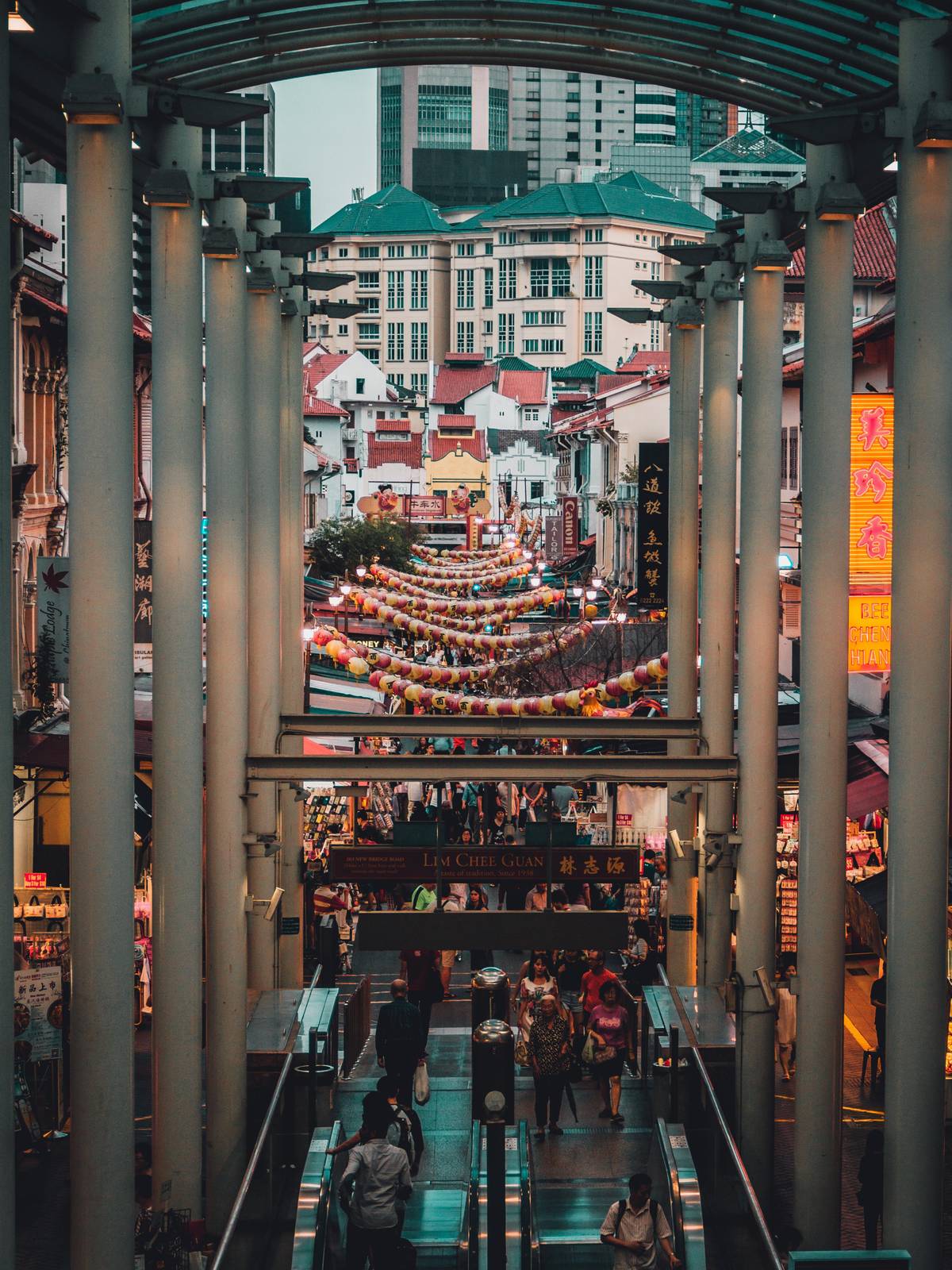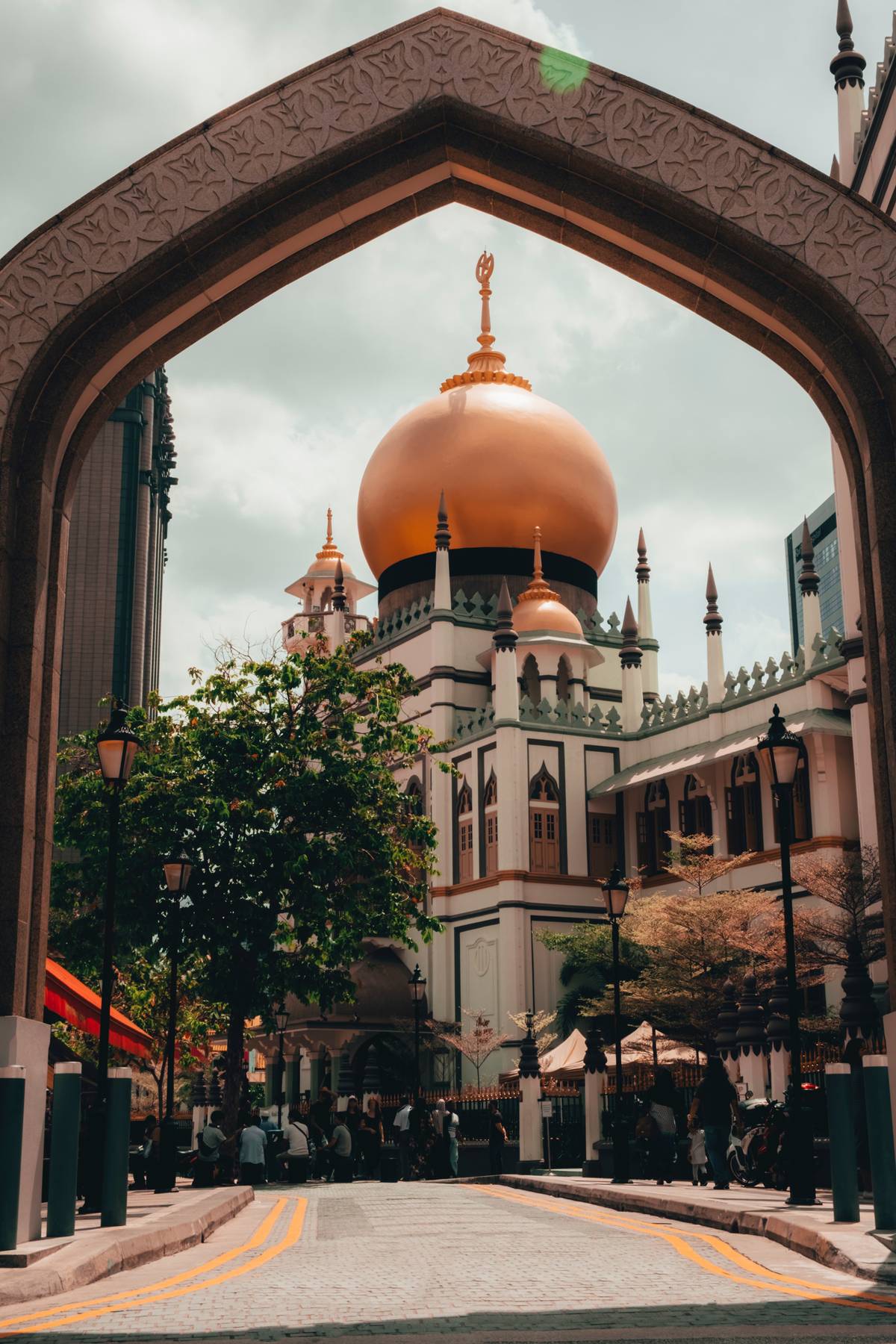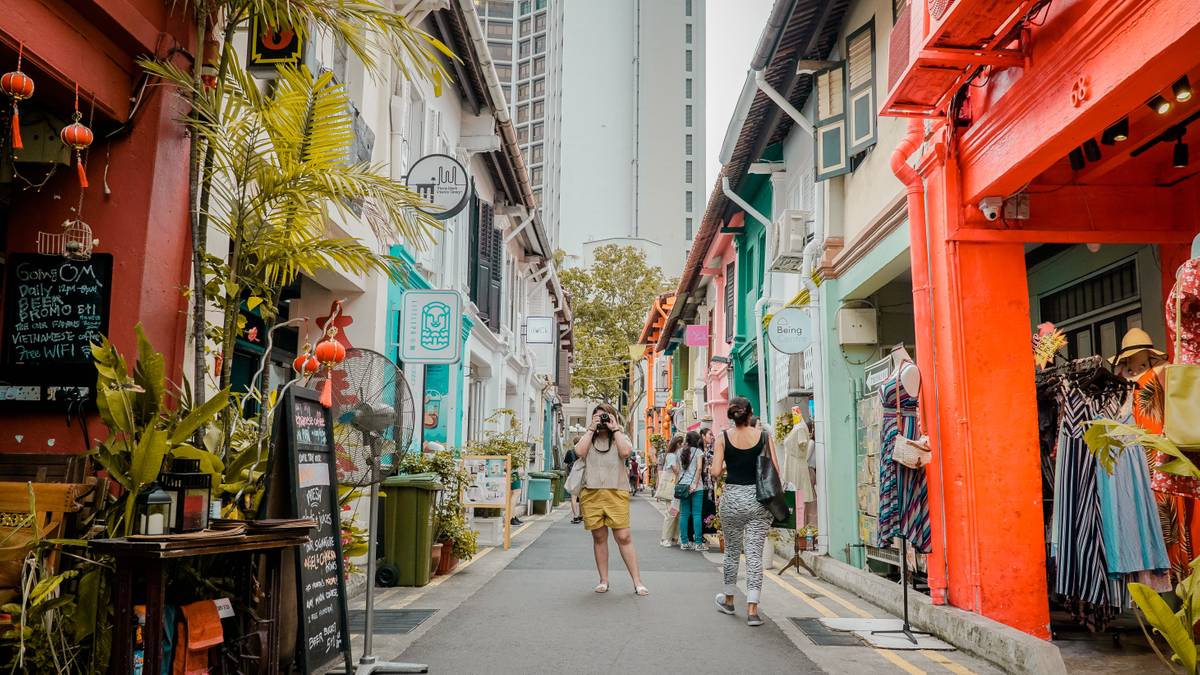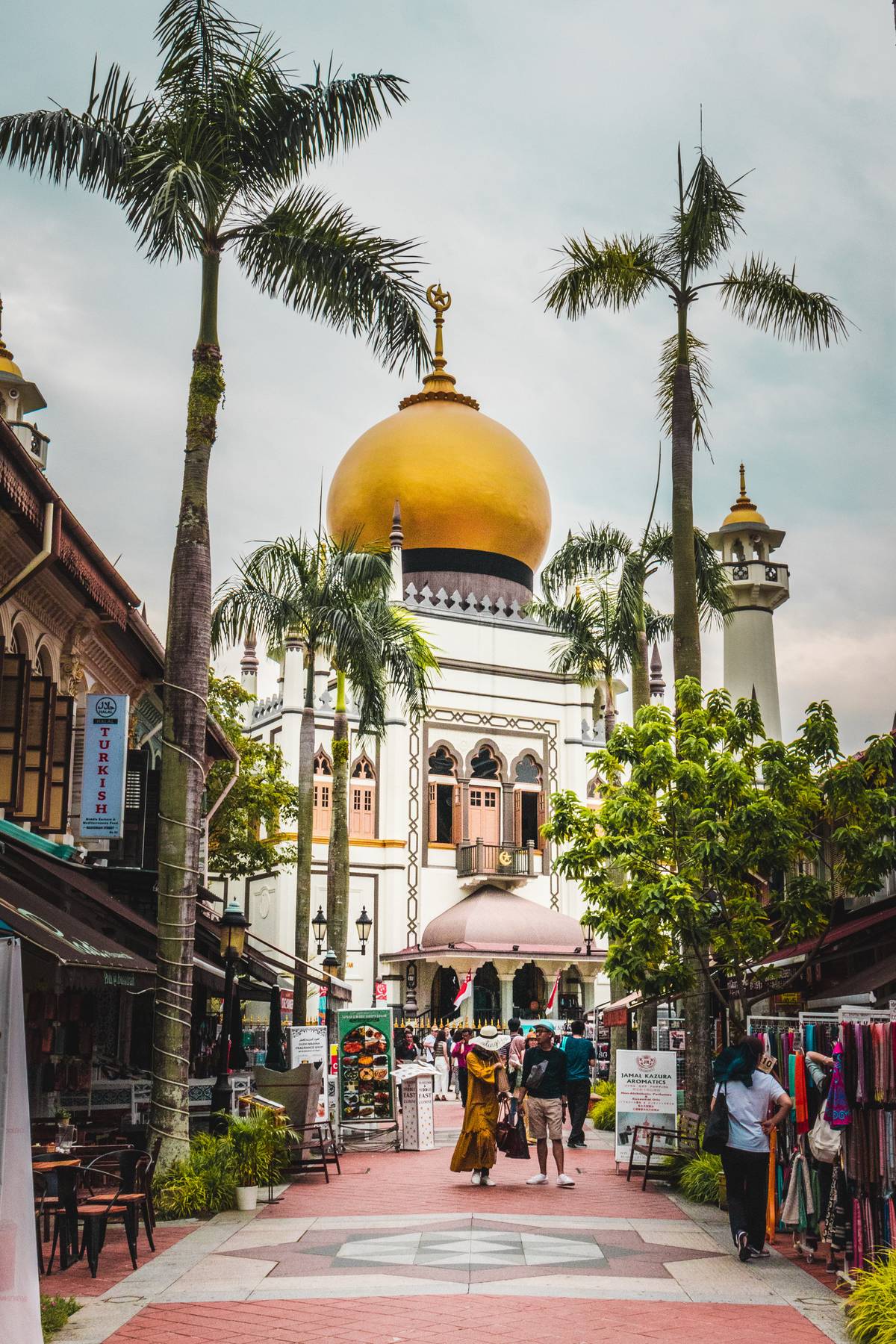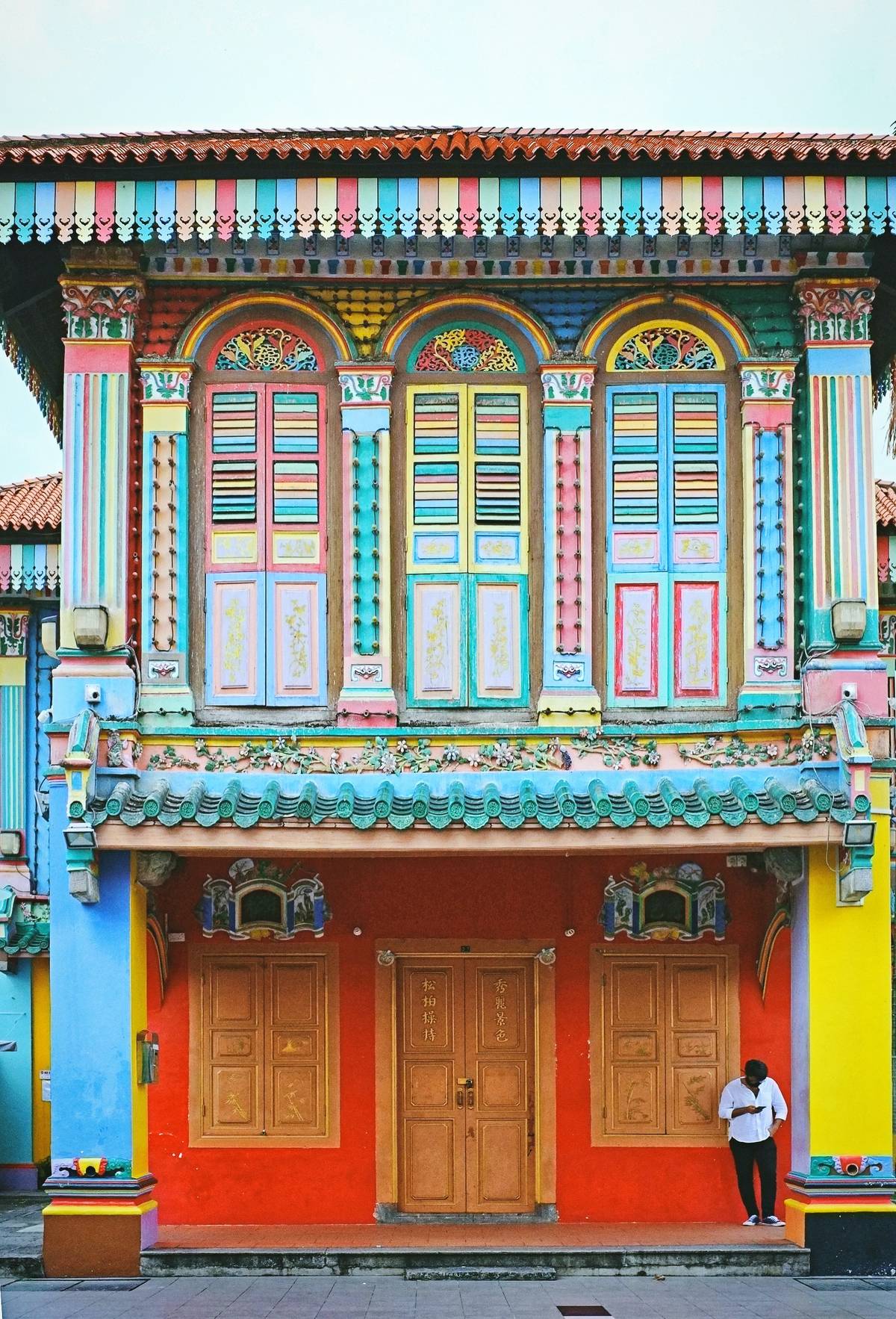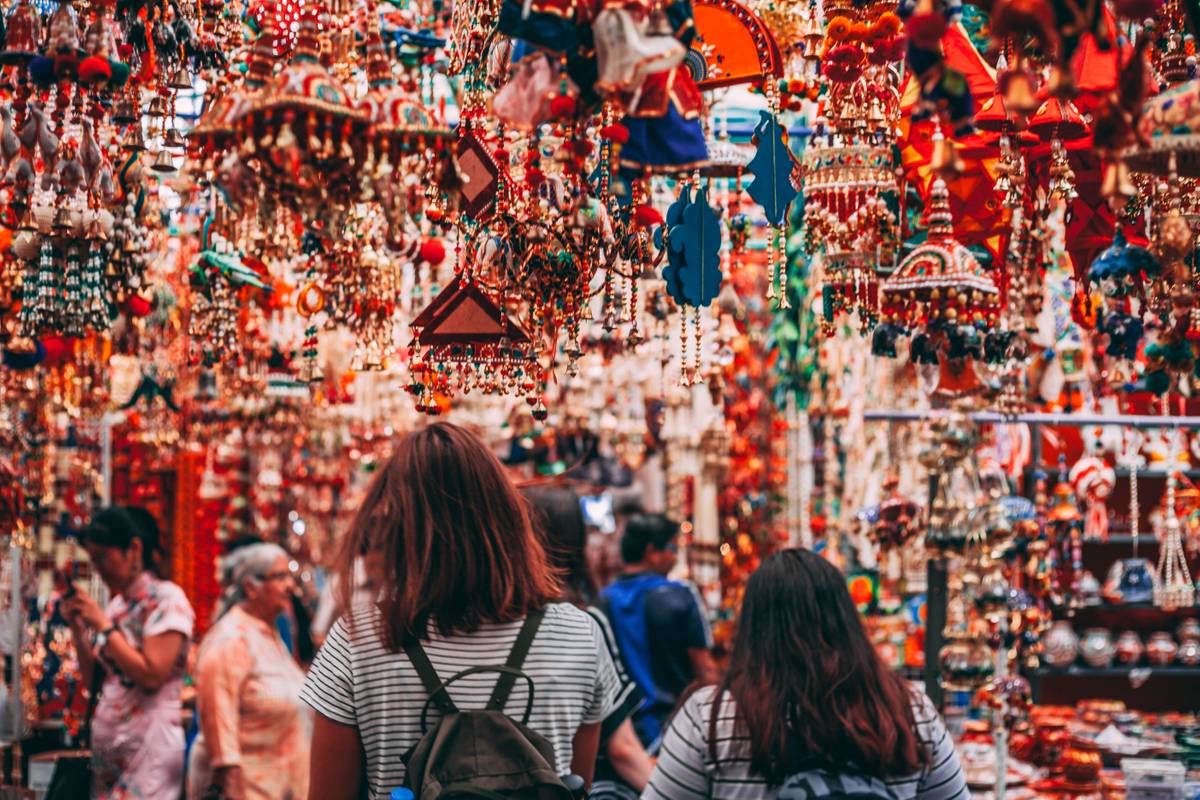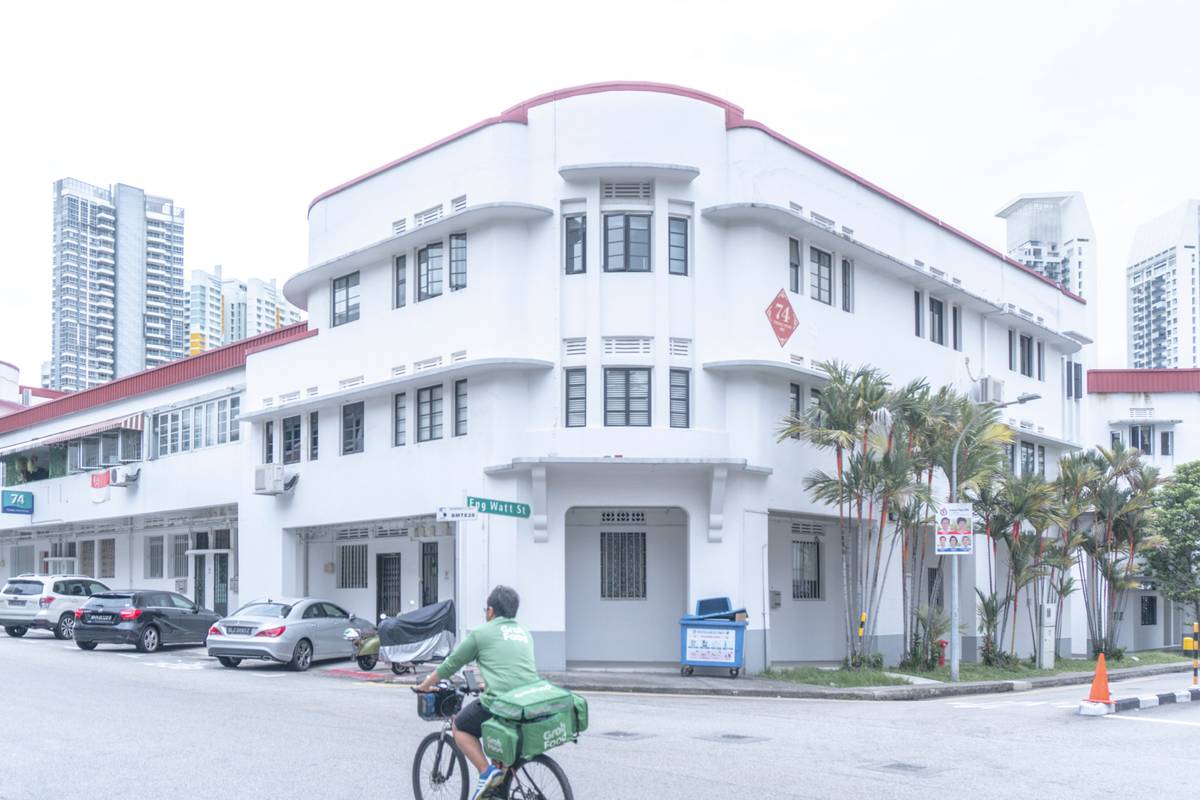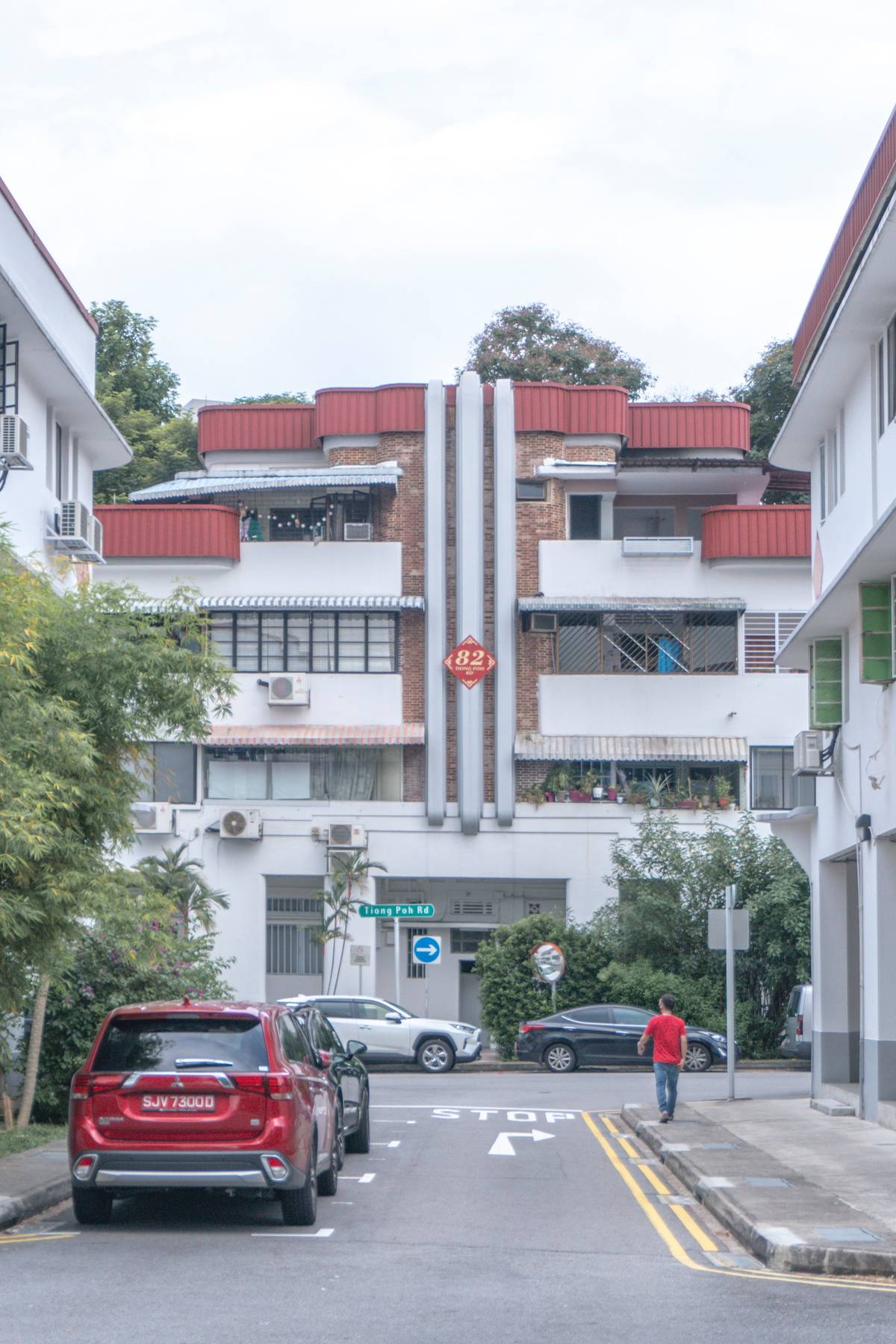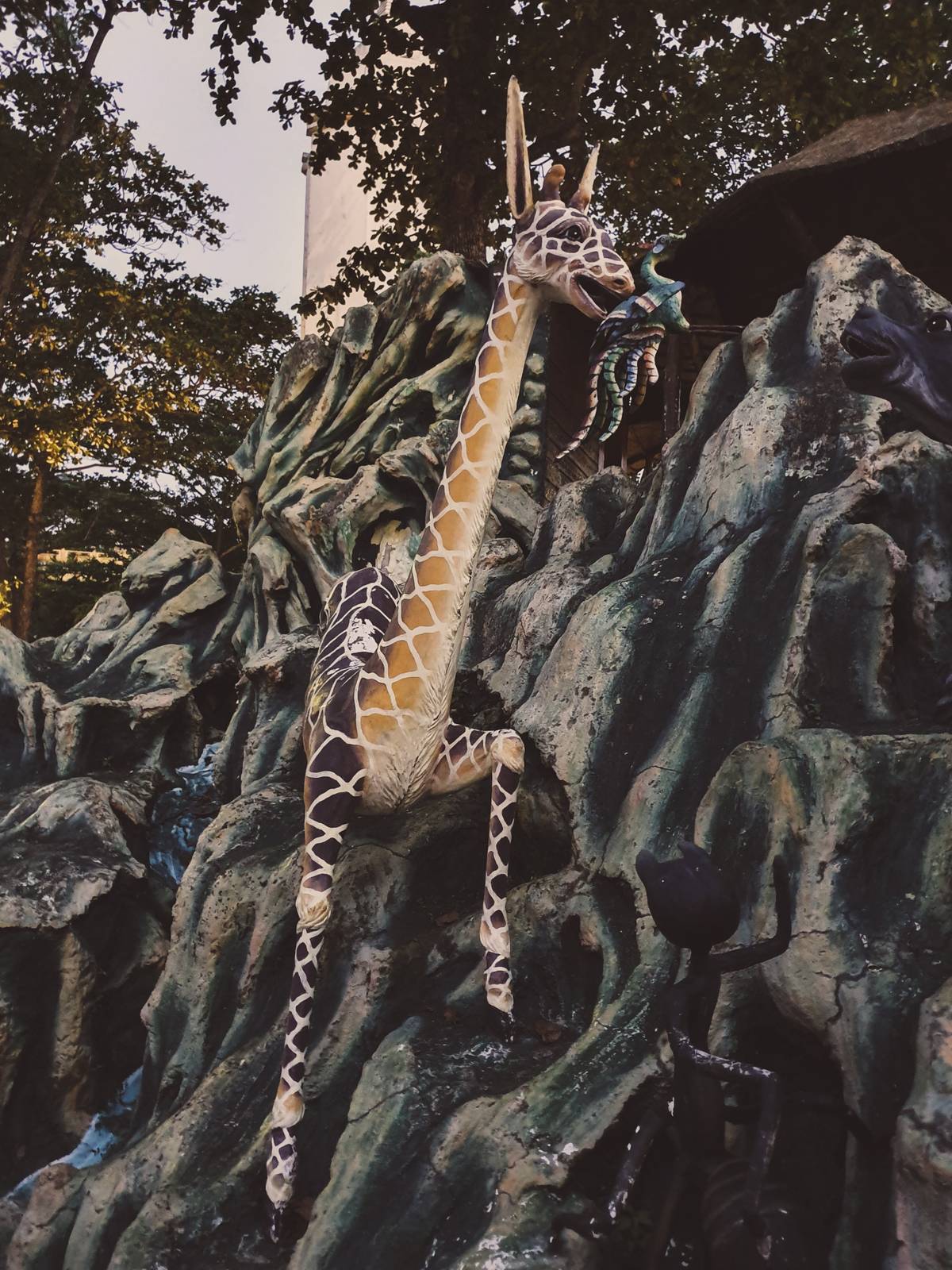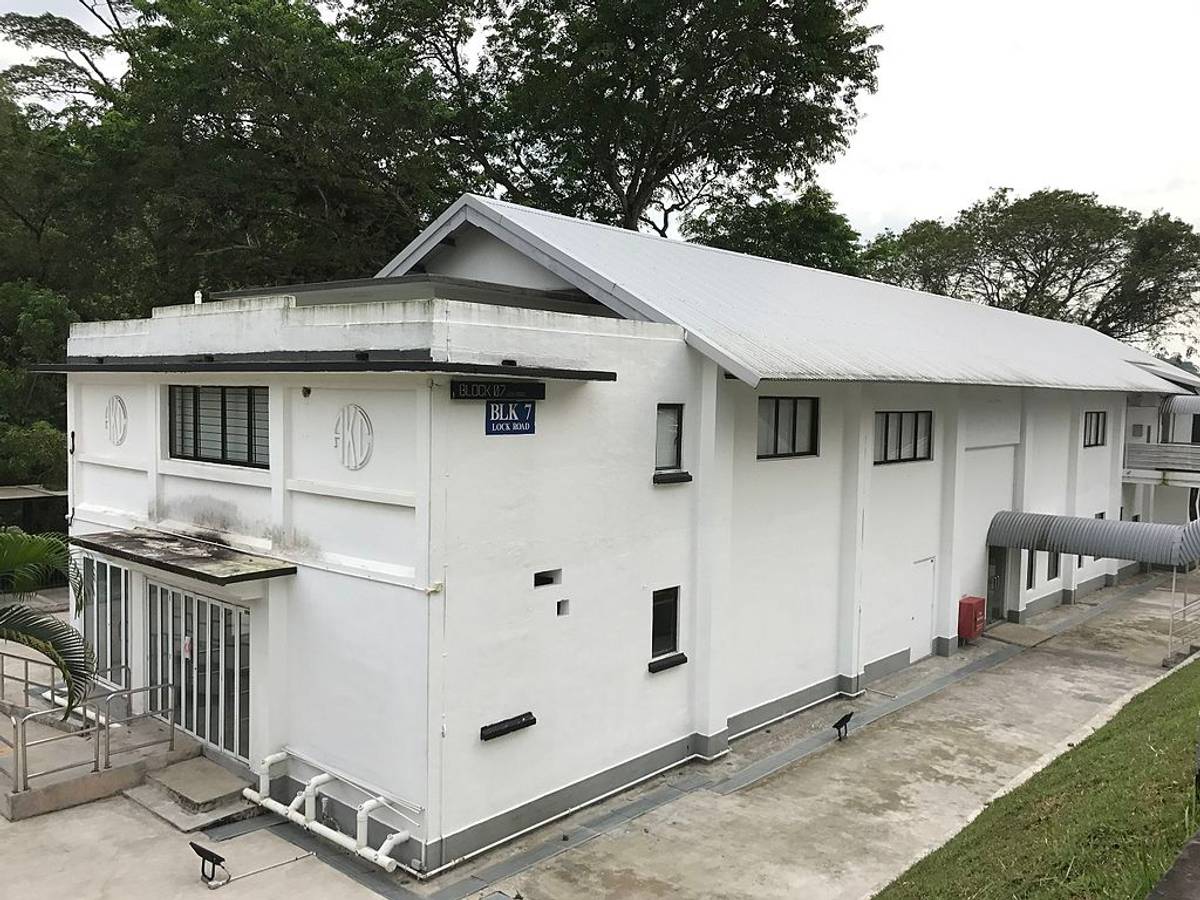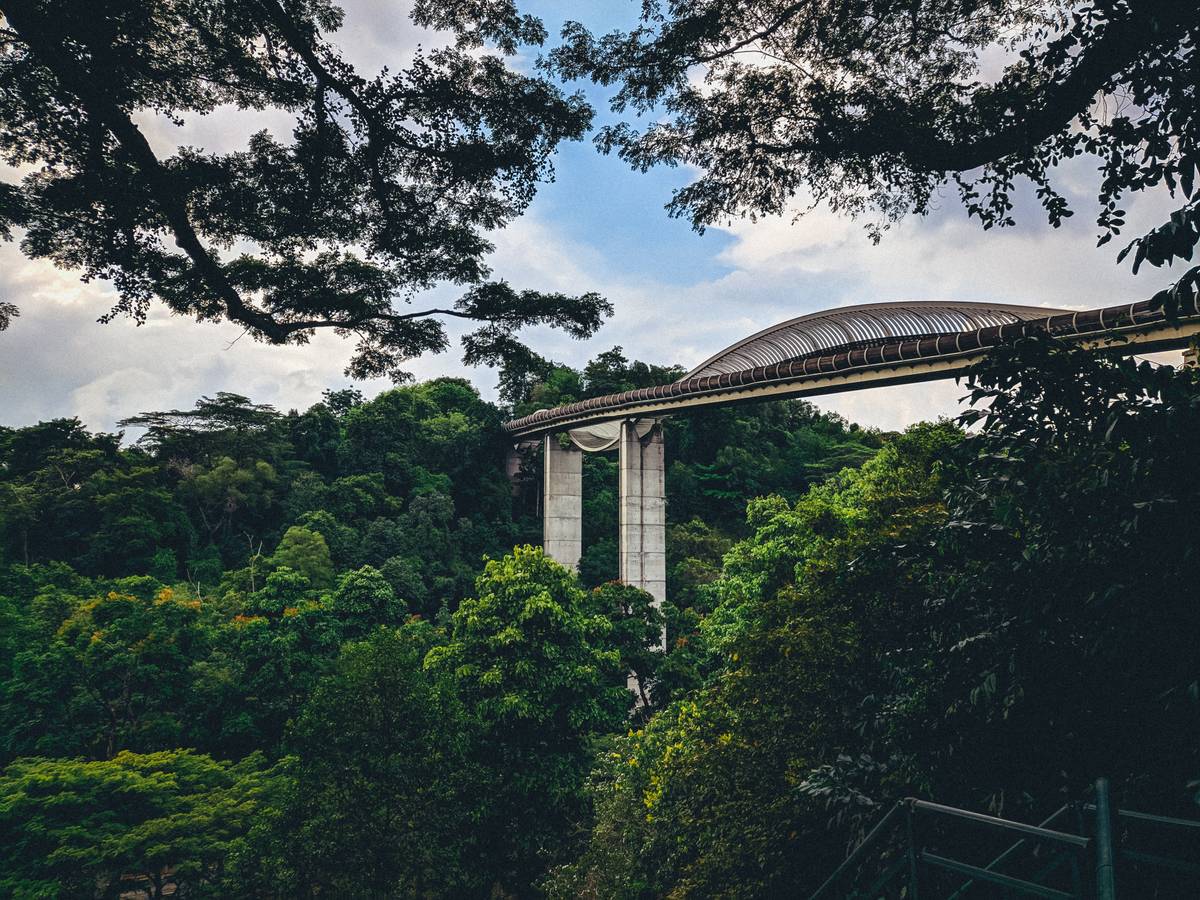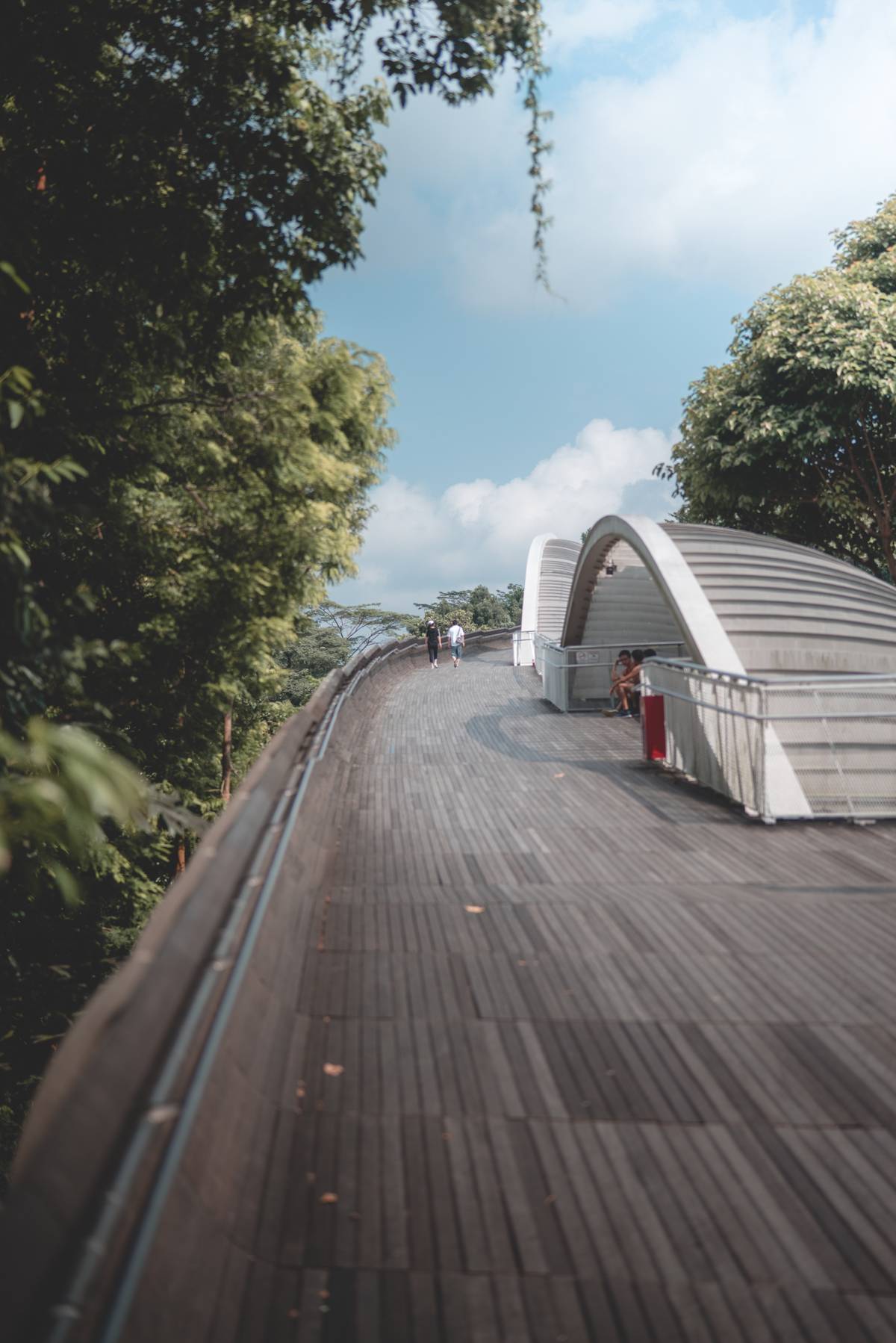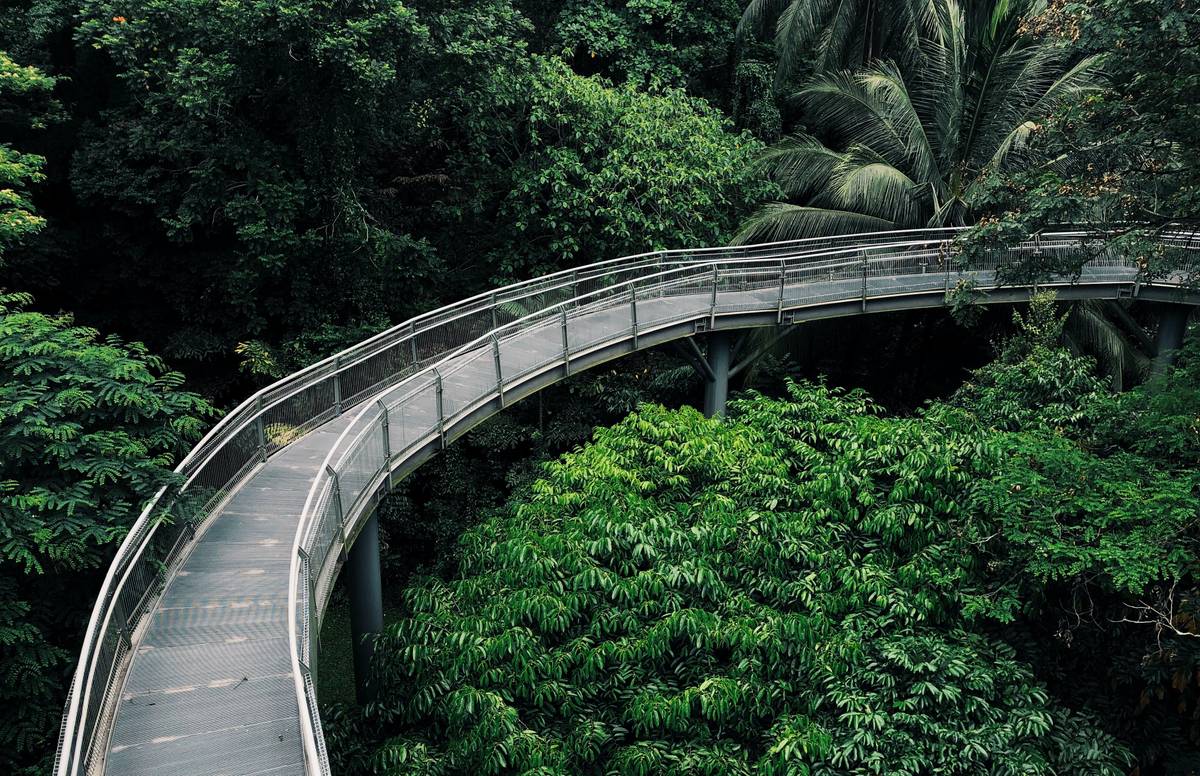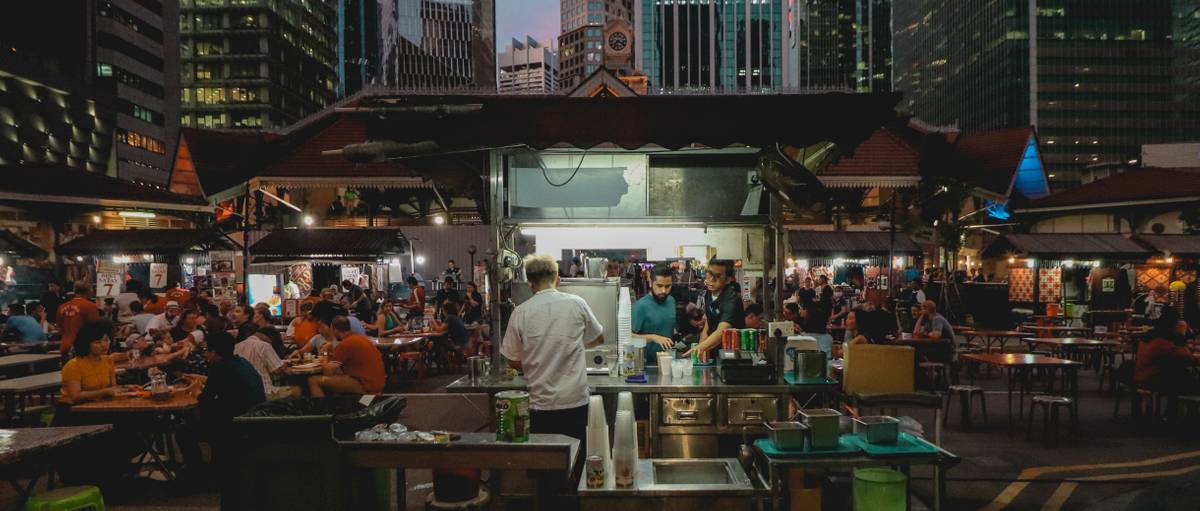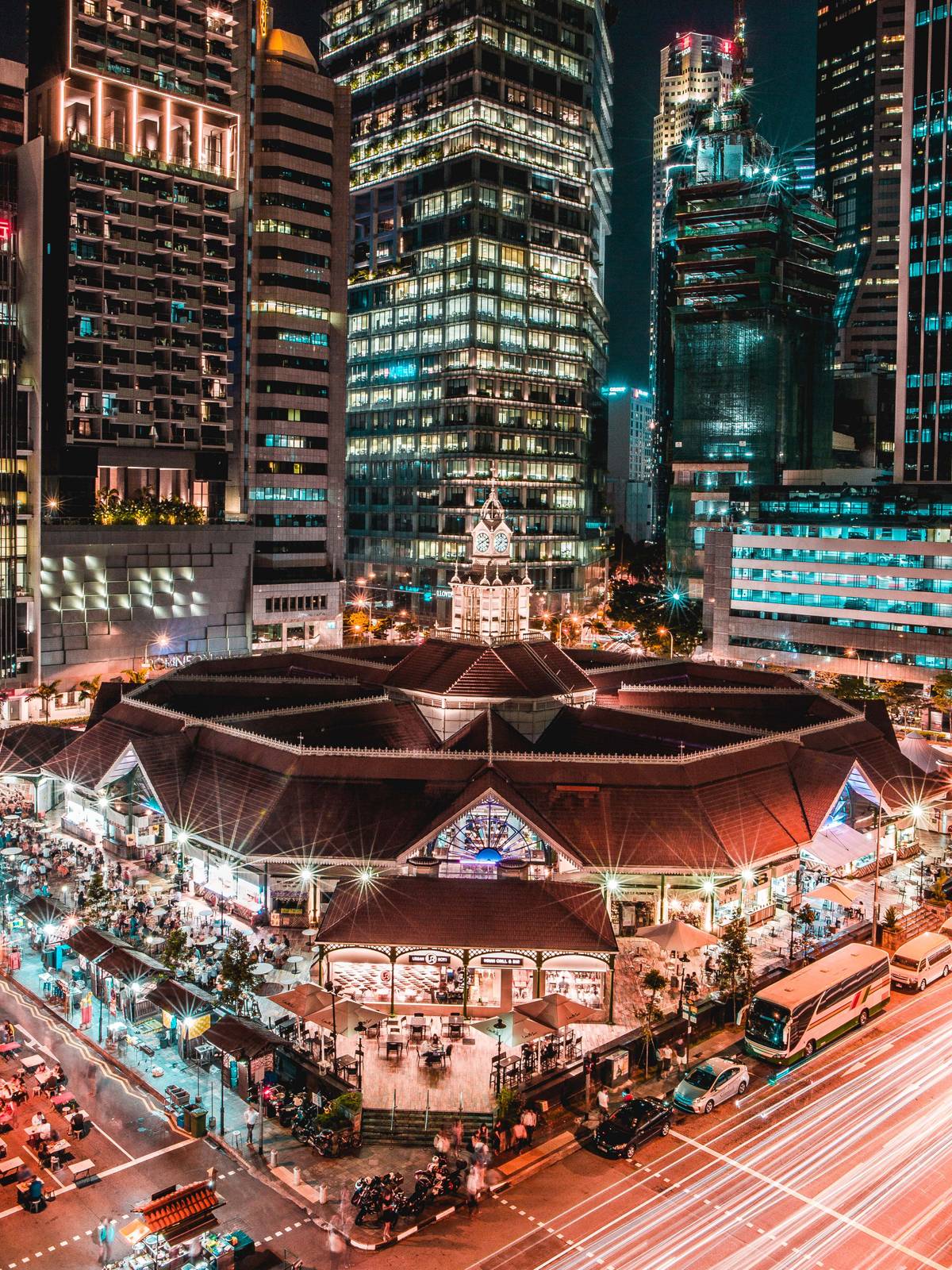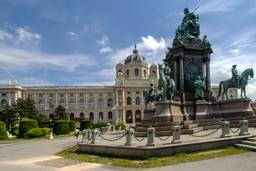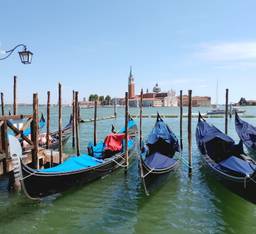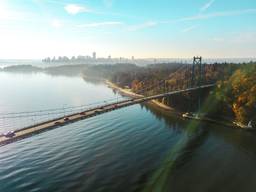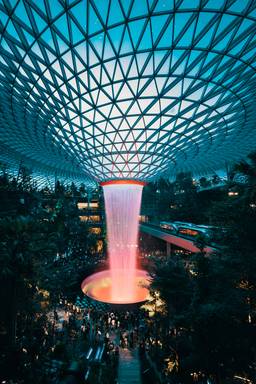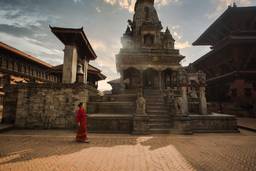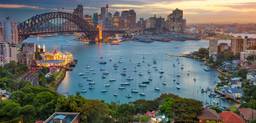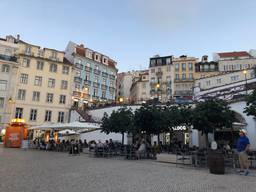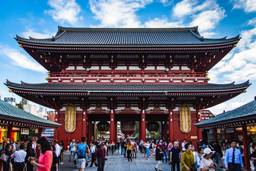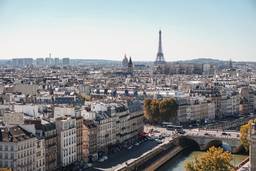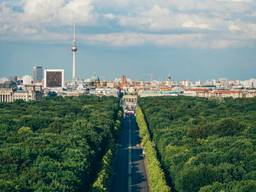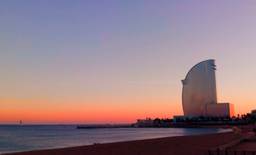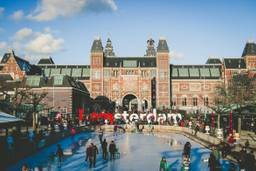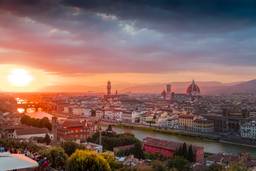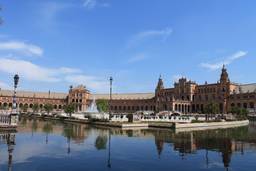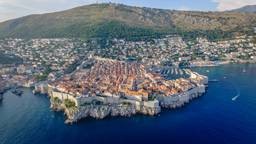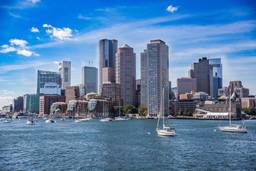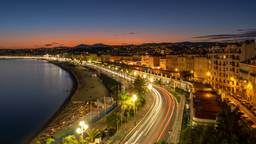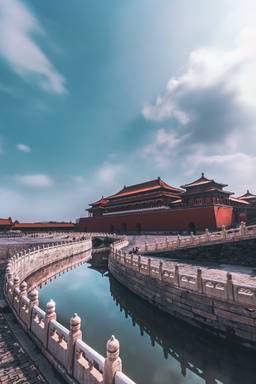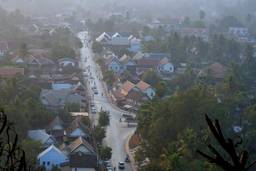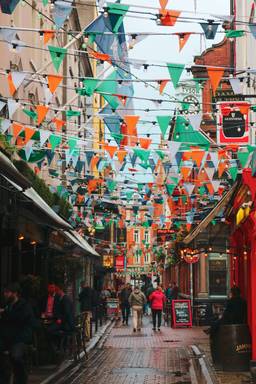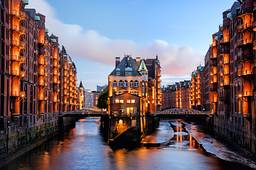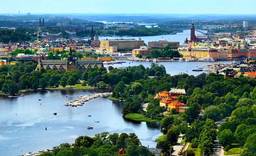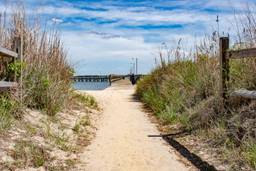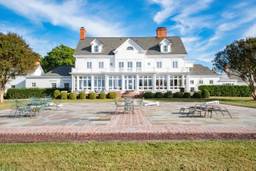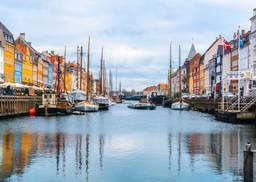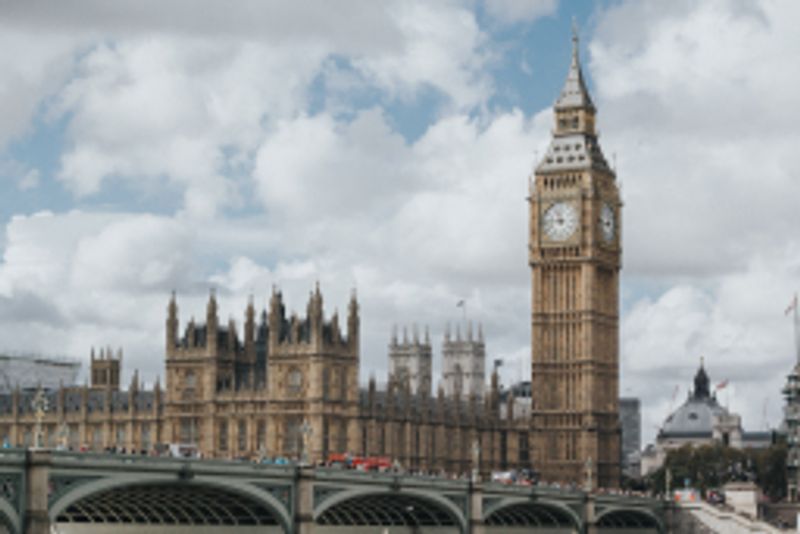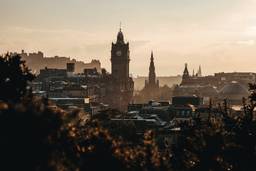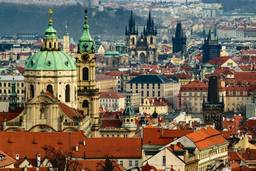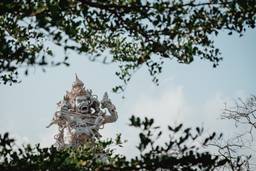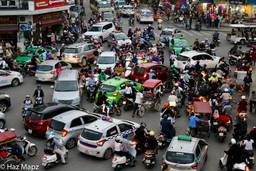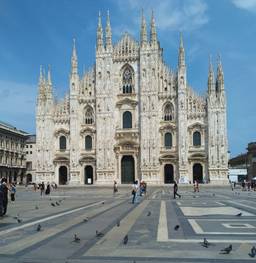How to spend 3 days in Singapore
Travel Itinerary
Itinerary Contents
Itinerary Introduction
Have you ever heard people saying "3 days is more than enough for Singapore", "Singapore has nothing much to see because it's so small"? In this itinerary, I combined popular tourist destinations with lesser-known ones so it's not just populated with gentrified tourist attractions. Explore Singapore's off-the-beaten path attractions on your own free-and-easy trip. This itinerary is designed with active people in mind (there's lots of walking involved) and for those who want to use this as a complementary option to add on to the main attractions of Marina Bay Sands, Gardens by the Bay, Jewel Changi Airport, Sentosa etc. It is also well suited for those who want to appreciate the unique potpourri that is Singaporean culture in more detail and depth. Cover photos by Pang Yuhao, Keming Tan, Kirill Petropavlov, Miguel Sousa and Mike Enerio respectively on UnsplashUseful information about Singapore
The history of Singapore
Singapore as the independent republic it is today only emerged as recently as 1965, having previously been a state of Malaysia. Long used as a trading port, the Island of Singapore was settled at least as far back as the fourteenth century. The last king of the Kingdom of Singapura was Parameswara, and Singapore was then taken over by the Malacca Sultanate, followed by the Johor Sultanate, before the British established the crown colony of Singapore in 1867. After being occupied by the Japanese during World War II, Singapore was again controlled by the British, before joining Malaysia in 1963, and finally securing independence in 1965.The economy of Singapore
Singapore modernised rapidly in the 1960s and 1970s, and the prosperous country now boasts the highest per capita GDP in Asia, and the seventh-highest per capita GDP in the world.A fun fact from Singapore
Singapore is a city, a state, and a country. It’s also among the twenty smallest countries in the world, and covers around 275 square miles.The language in Singapore
Singapore is a real melting pot of cultures, meaning that a lot of languages are spoken here. Malay is the official language, but as well as Malay, the most commonly used languages are English, Chinese and Tamil, with English being spoken between Singaporeans of different native languages. Singlish (a colloquial English) is also spoken.Best times to visit Singapore
The weather in Singapore is warm all year, but there can be short downpours, particularly in the monsoon season, which runs between November and January. June and July are two of the busiest months to visit Singapore, and they coincide with sale season in the shops, but the temperature can be hot and humid. February is also busy due to Chinese New Year. For this reason, February can be a fun time to visit Singapore, thanks to the celebratory activities taking place, but markets and malls often close. You may wish to avoid coming during the Singapore Grand Prix, which usually takes place in September each year, because accommodation prices rise and the city-state becomes busy with visitors from around the world. The weather is most pleasant for exploring in March, April and May, before the temperature reaches its summertime peak. While they're during monsoon season, December and January are the coolest months, with temperatures around 24℃, making these months the best time to visit Singapore if you're planning on outdoor activities. August to November tend to be the quietest months to visit Singapore. At the end of the summer, August is still hot, and it’s also drier than other months, with September hot and misty, with occasional strong winds. In October, storms can come in the evenings, with short bursts of rain, and rain showers become even more likely in November. As the low season, these months are a good time to visit to escape the crowds.Getting to Singapore
Singapore’s Changi Airport welcomes a lot of flight connections, meaning there are direct flights from around the world. Once you’ve arrived, it’s around a half-hour drive from the airport to the city centre. There are two options for taking the train from the airport: from Changi Airport MRT Station, either go to Tanah Merah MRT Station and switch to the East West Line in the direction of Tuas Link MRT Station, or travel to Expo MRT Station and switch to the Downtown Line in the direction of Bukit Panjang MRT Station. Lots of public buses run from the airport throughout the day.Getting around in Singapore
Taxis are popular in Singapore, and while it is possible to walk to many of the city-state’s attractions, when the temperature is hot, taking a taxi can be a more pleasant way to travel. The Mass Rapid Transit (MRT) is the quickest way to get around Singapore, and the bus is the most scenic. To travel on either of these, use the Singapore Tourist Pass (STP), which can be bought in many train stations, for unlimited travel across one-, two- or three days. Alternatively, simply use your contactless Mastercard or Visa card to pay your fare. Or, buy an Adult Stored Value Smartcard for $12, which includes $7 to use on public transport and can be bought at convenience stores and Transitlink ticket offices. For a more active option that’s best suited to the cooler months, rent a bike from a licensed operator and follow the cycle paths around town.Local cuisine in Singapore
With so many different cultures living in Singapore, the cuisine is a wonderful mix of tastes, with Malay, Chinese and Indian influences, as well as European-Asian fusions, Peranakan (a medley of Chinese and Malay flavours) and even Western food. Singapore’s national dish, however, is the flavourful chicken rice, a Hainanese poached chicken-and-rice dish with chilli sauce.Tipping in Singapore
Tips are not expected in Singapore, and can be seen as rude. Occasionally, you might see a tipping jar at the entrance to a restaurant, so do feel free to drop some change into these. As a reference, around 5–10% is the correct amount if you do choose to tip.Local customs in Singapore
There are some local customs worth knowing before visiting Singapore. For example, it’s impolite to wear your shoes in someone’s house, so always take them off when entering a home, and the same applies to temples and mosques. Rest your chopsticks on the top of your bowl during meals, and avoid leaving them sticking upright in your food, which is reserved for funerals. If you’re looking for an empty table in a market and see a packet of tissues with “Chope!” printed on them, these have been placed by someone to save their spot, so don’t move them away. Finally, smoke only in designated areas.Beaches in Singapore
As an island nation with a tropical climate, Singapore has some excellent beaches – although many are now manmade. Head to Sentosa Island, just below the main island, for some of the best: Tanjong, Siloso and Palawan.Singapore - Travel Itinerary
Day 1
Conserved Peranakan Terrace Houses
| Category | Price | Restrictions |
|---|---|---|
| Standard | Free |
Notes
Explore this area by starting off with the local Singaporean breakfast at Chin Mee Chin Confectionary for their traditional kaya toast and kopi/teh (coffee/tea) just two streets the the right of the Peranakan Terrace Houses. Note that Singaporean coffee/tea are slightly more robust and strong as compared to Americano/Latte/Milk Tea.
Peranakan Houses
| Category | Price | Restrictions |
|---|---|---|
| Standard | Free |
Notes
En route to the Peranakan Houses for some photo time, slow down your pace and drop into one of the many shophouses lining East Coast Road. Some notable shops are Rumah Bebe and Birds of Paradise Gelato Boutique.
Eurasian Heritage Gallery
| Category | Price | Restrictions |
|---|---|---|
| Standard | 3.70 USD |
Notes
Have lunch at Quentin's or head back down to sample the famous 328 Laksa along the main East Coast Road.
East Coast Park
| Category | Price | Restrictions |
|---|---|---|
| Standard | Free |
Notes
Have a chill and relaxing first day in Singapore by ending your day at East Coast Beach. How many people can say that they cycled all the way to Changi Airport from East Coast or cycled all the way down to Gardens by the Bay? Just remember to return your bikes before the time limit. Have dinner at the East Coast Lagoon Food Village to have your first deep dive into local cuisine! Singaporean food is much more than just Newton Circus Food Centre (Crazy Rich Asians reference).
Day 2
Singapore Botanic Gardens
| Category | Price | Restrictions |
|---|---|---|
| Standard | Free |
Notes
Explore the vast expense of the Botanic Gardens. Recommended to enter from the Bukit Timah Gate rather than Tanglin Gate for a smoother travel experience. Take the MRT (train) to Botanic Gardens Station and either grab some local cheap food from Adam Road Food Centre or drop by Serene Centre for some Western cafe food. You may also want to take away the food to have a morning picnic session in the gardens!
Chinatown
| Category | Price | Restrictions |
|---|---|---|
| Standard | Free |
Notes
Have lunch at the expansive Chinatown Complex which houses hundreds of food stalls in addition to shops selling souvenirs, clothes and other knick-knacks. Alternatively, you could also follow your nose to see where it leads you along the plethora of food places selling Chinese and other cuisines.
Kampong Glam
| Category | Price | Restrictions |
|---|---|---|
| Standard | Free |
Little India
| Category | Price | Restrictions |
|---|---|---|
| Standard | Free |
Notes
Feast yourself on the hustle and bustle of Little India once dusk hits and also literally feast yourself on the humongous variety of Indian cuisine all the way from North Indian to South Indian and everything in between!
Day 3
Tiong Bahru
| Category | Price | Restrictions |
|---|---|---|
| Standard | Free |
Notes
Start your day at the Tiong Bahru Market and find out which hawker stalls are the most delicious by asking the locals or you can just observe which stalls have the longest queue (Singaporeans love to join queues). If you want, get up a little earlier to catch the bustling wet market where people buy fresh food and vegetables. If you've had enough of local food for awhile, there's also the all so familiar taste of home in the cafes to be found in the neighbourhood. Explore the area and admire how different it is from the usual skyline you see in Singapore.
Haw Par Villa
| Category | Price | Restrictions |
|---|---|---|
| Standard | Free |
Gillman Barracks
| Category | Price | Restrictions |
|---|---|---|
| Standard | Free |
Notes
Do look up on what galleries and exhibits are there at Gillman before you commit to going there.
Southern Ridges
| Category | Price | Restrictions |
|---|---|---|
| Standard | Free |
Notes
Catch the sunset at Henderson Waves.
Lau Pa Sat
| Category | Price | Restrictions |
|---|---|---|
| Standard | Free |
Notes
Enjoy your last experience at this open air night market and feast yourselves on the delectable satays and sambal stingrays and a plethora of other dishes.
About the author
A dreamer trapped in a physical body, daydreaming about the day where I break free of societal constraints and own a quiet cafe/b&b/farm in Jeju island 👩🏼🌾
Reviews
Login to write a review

